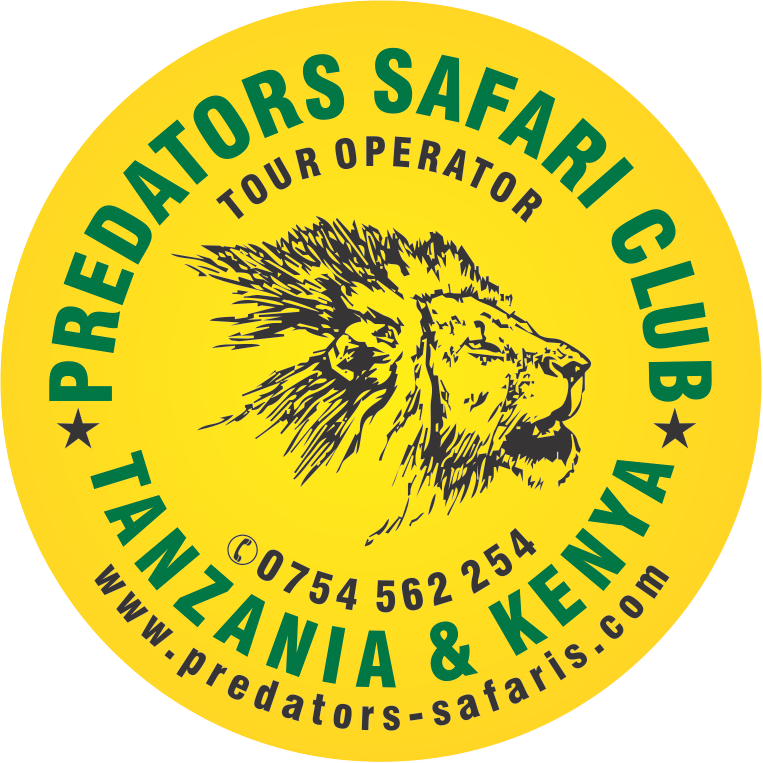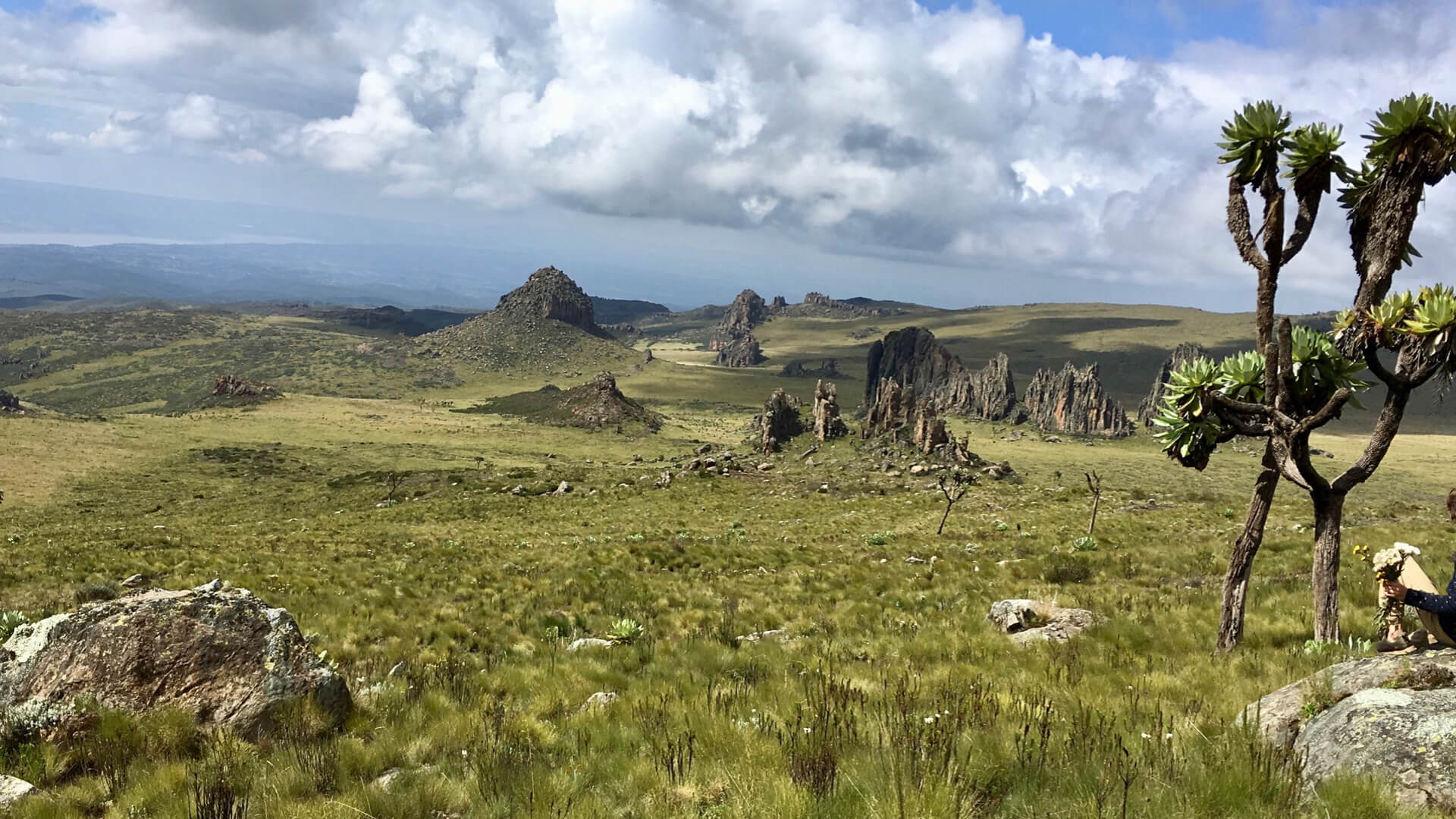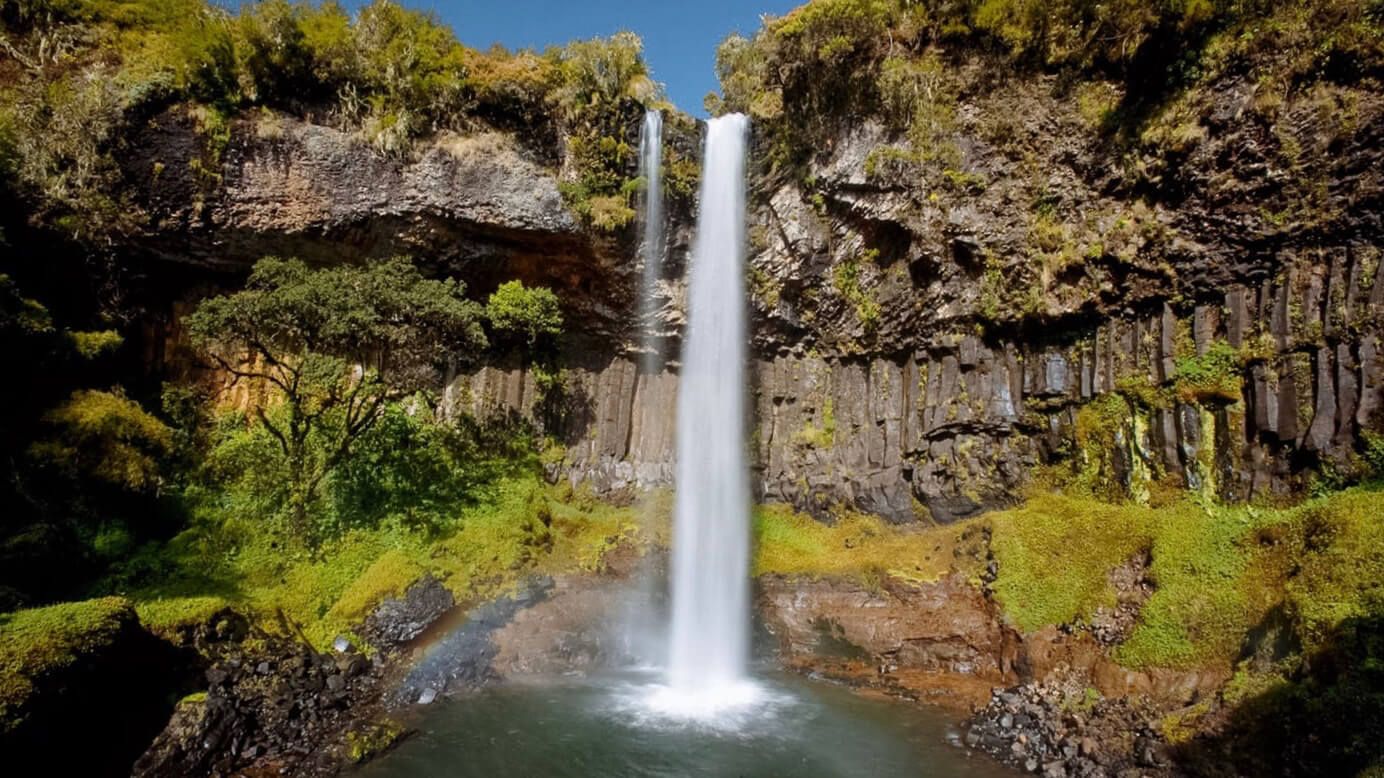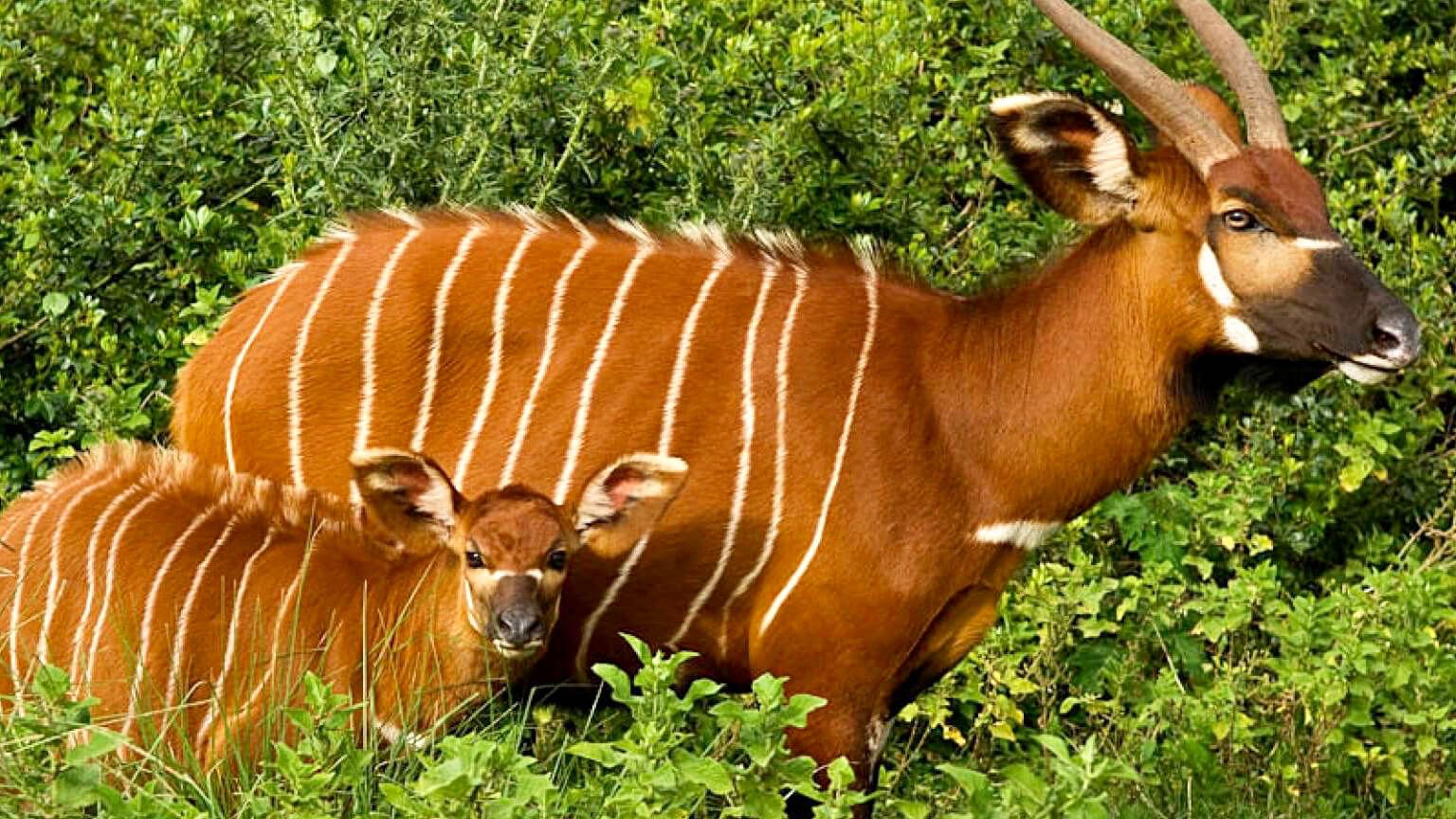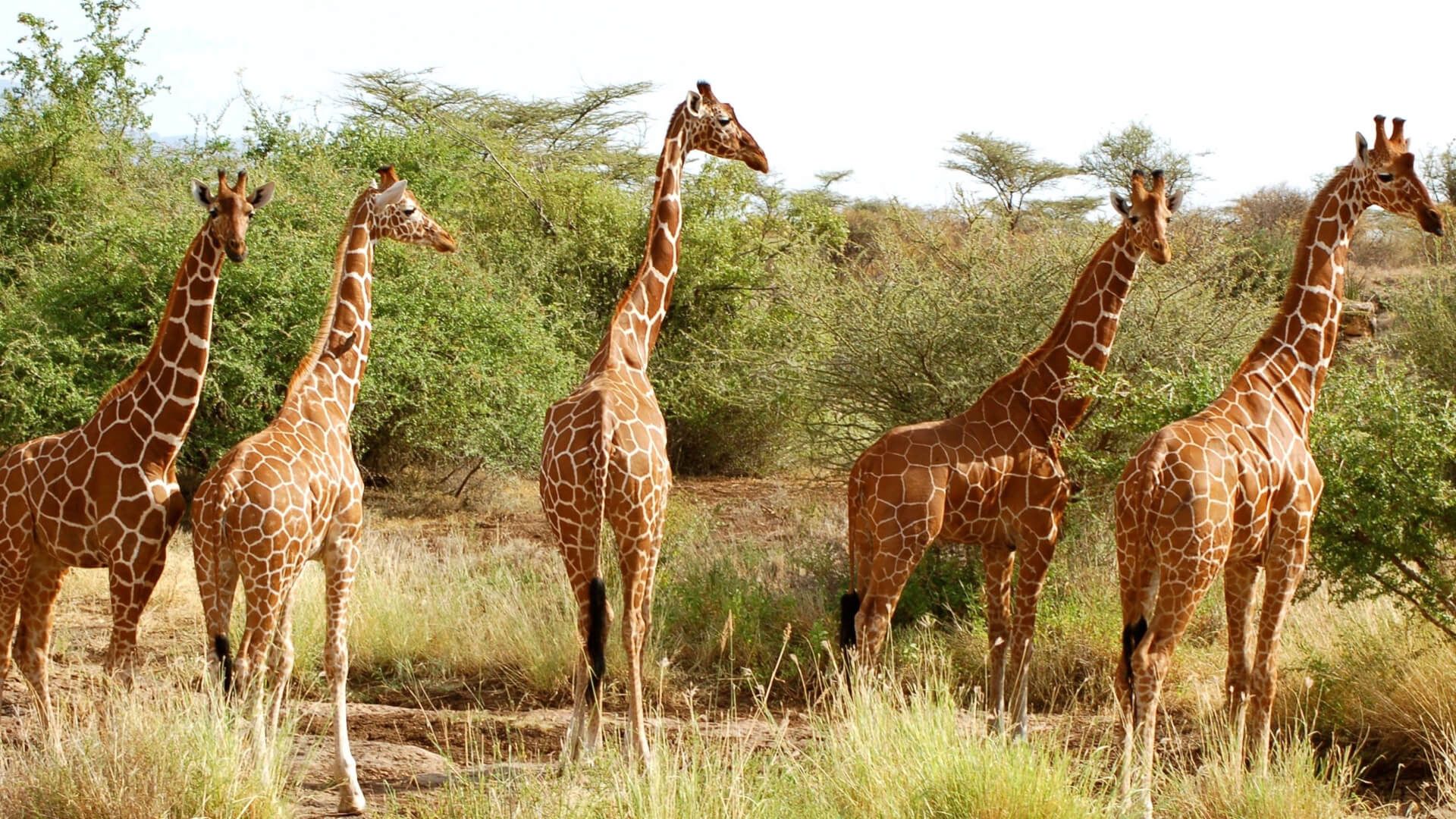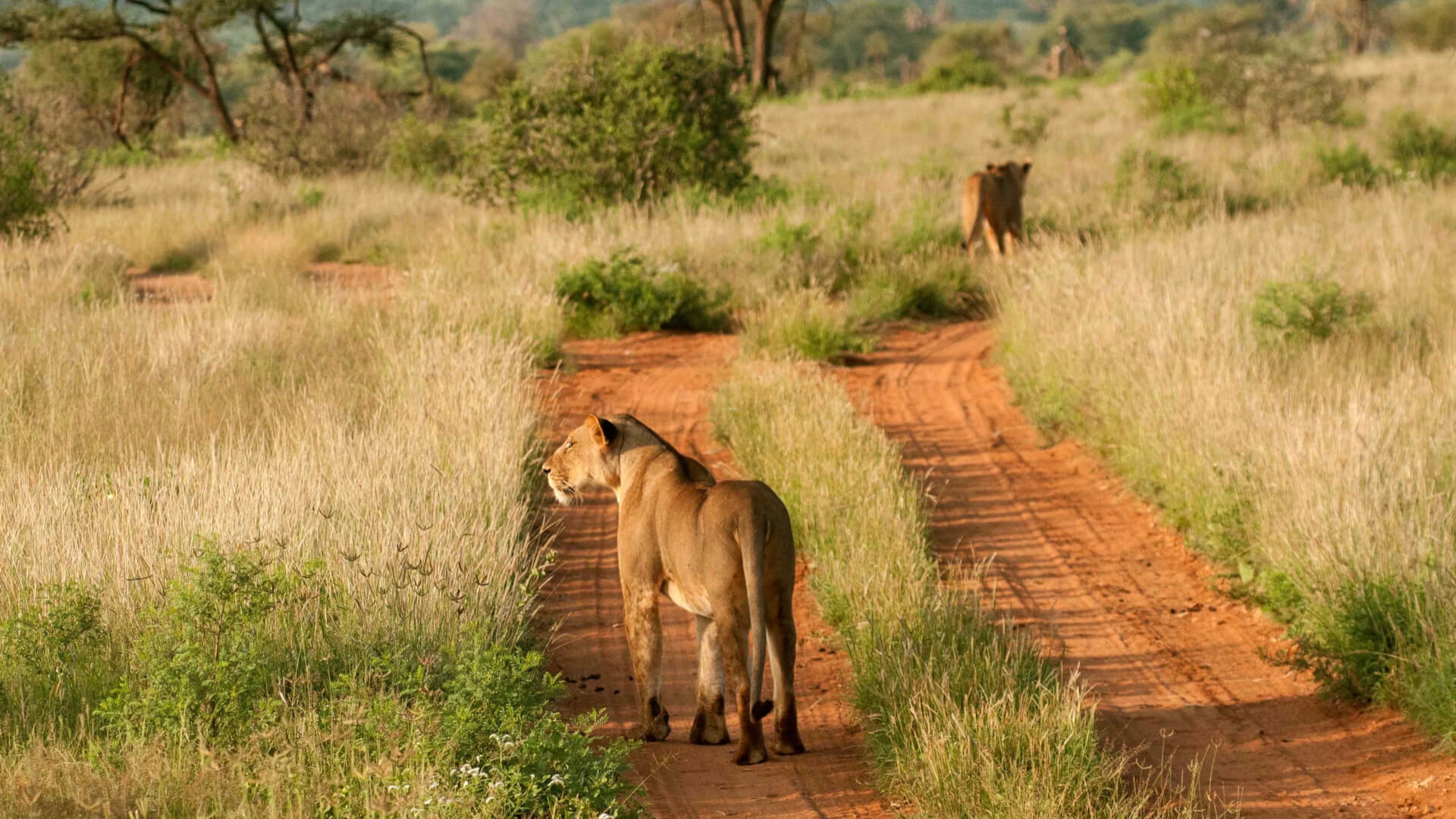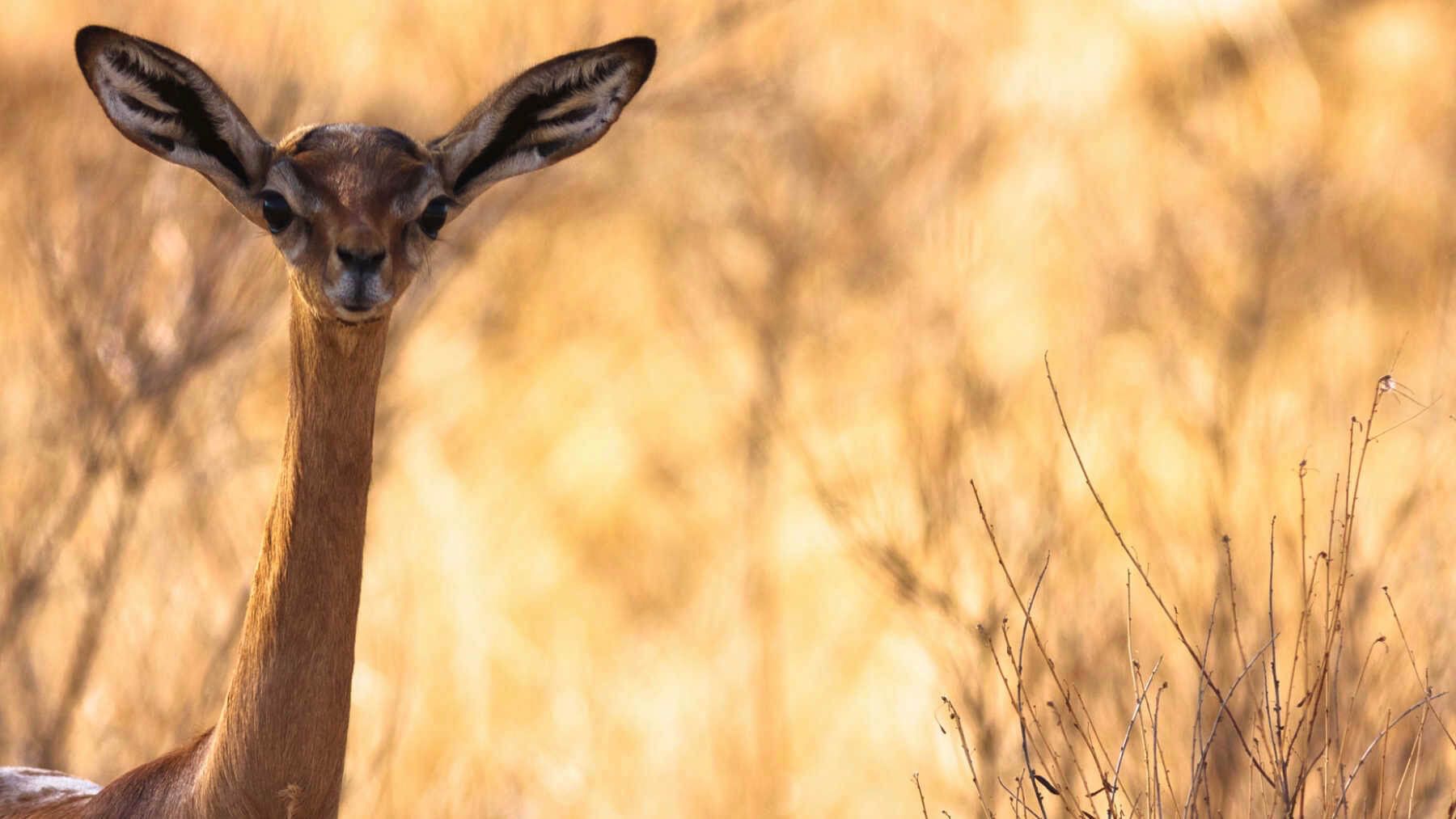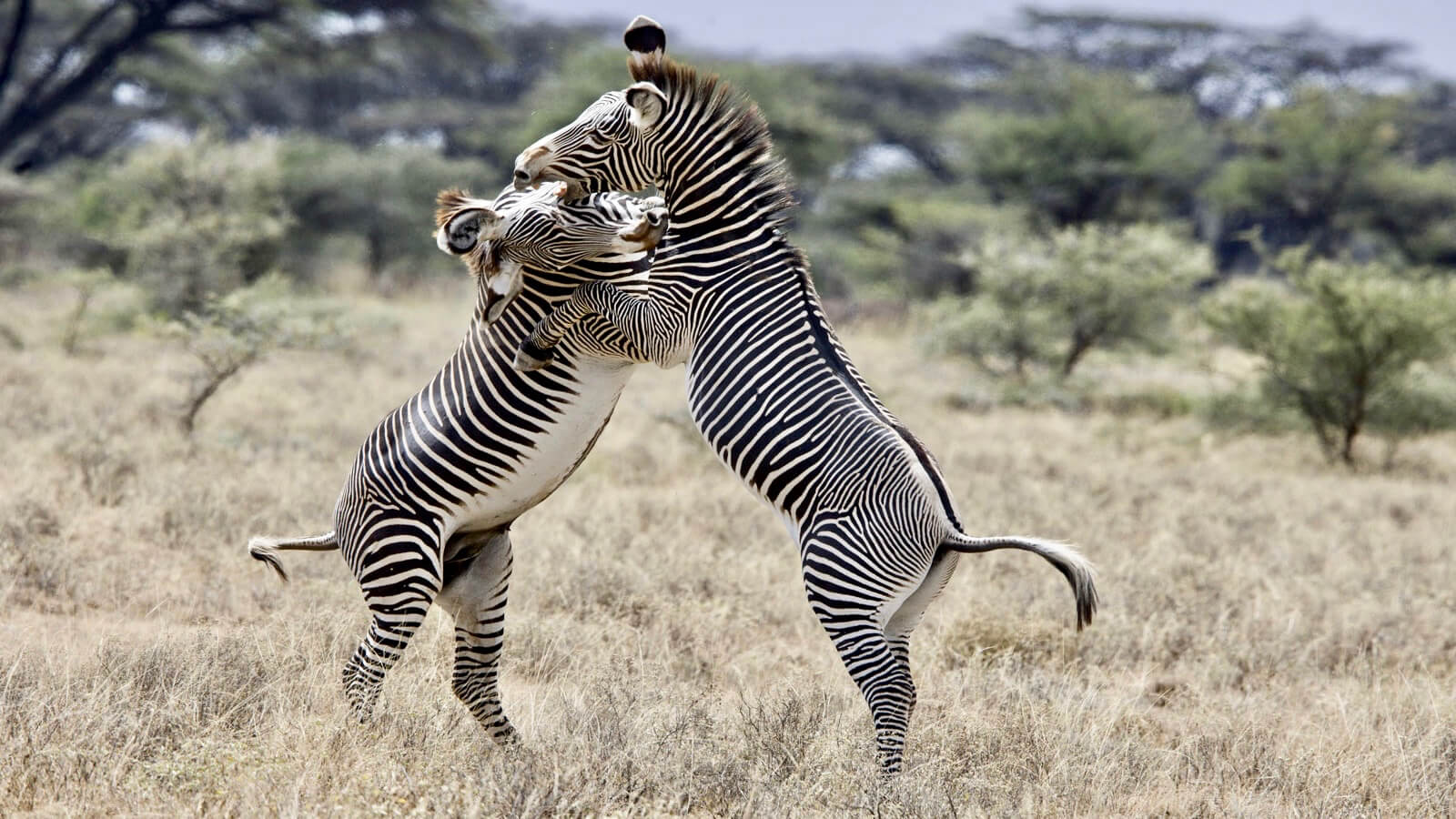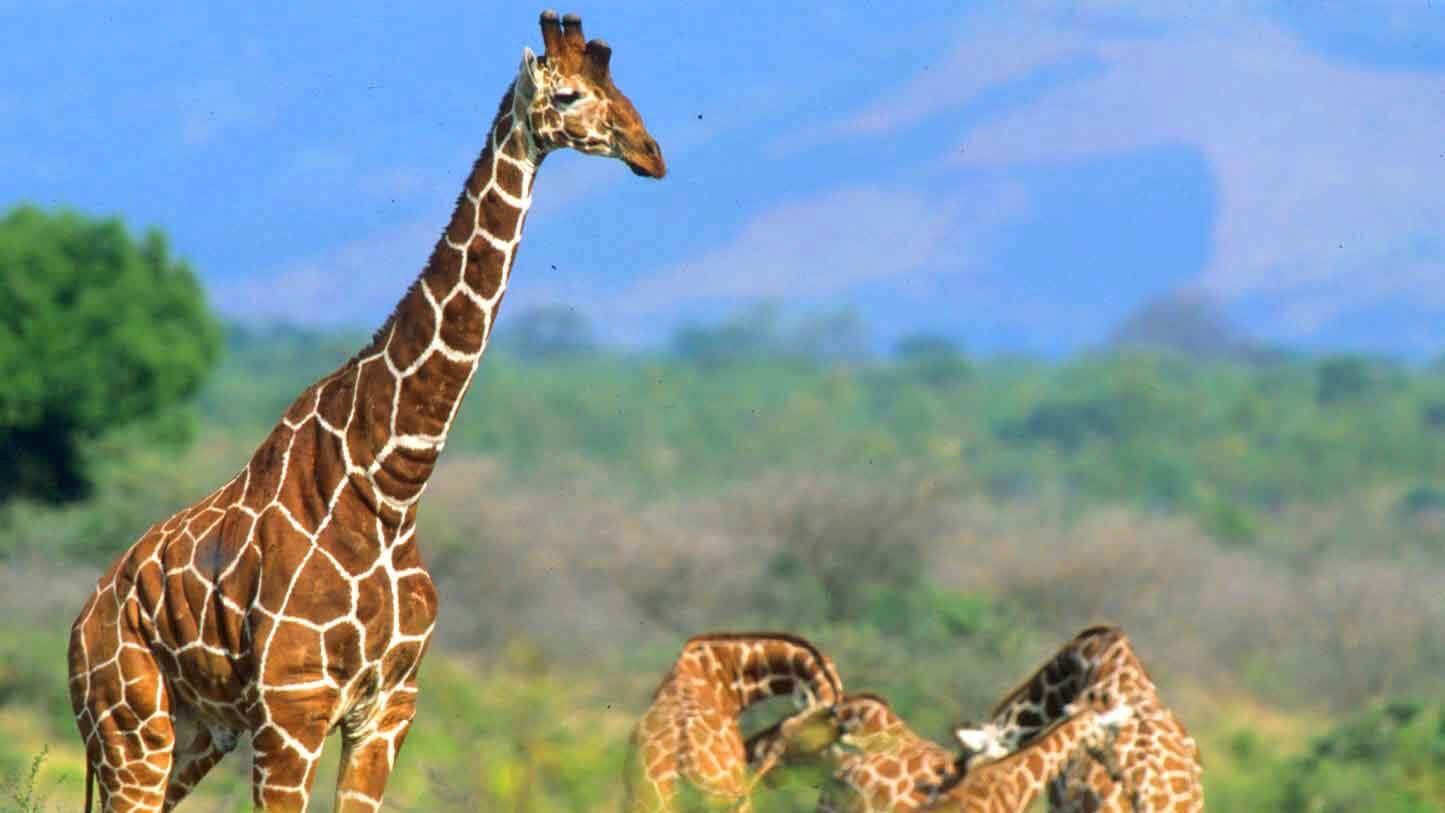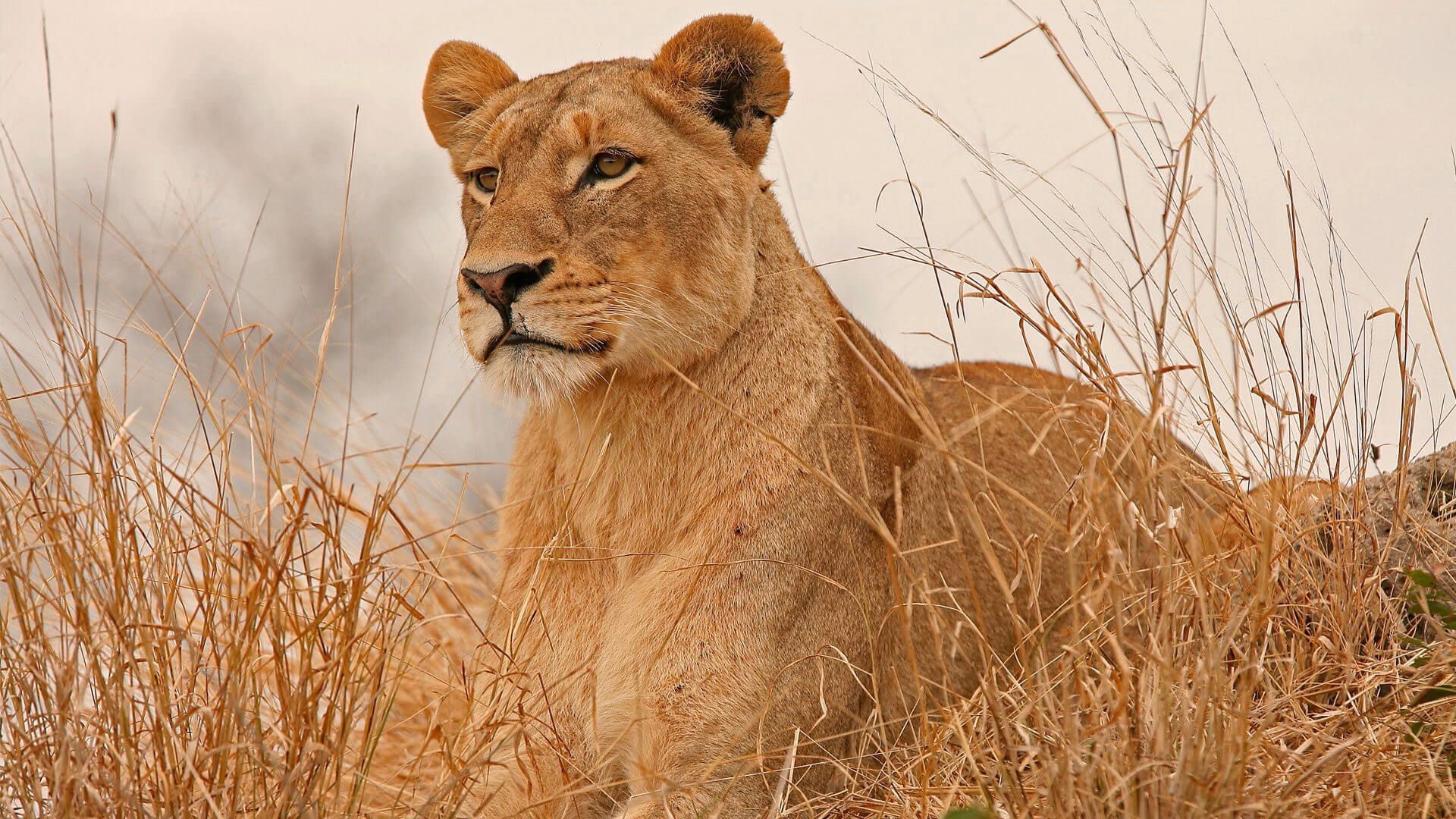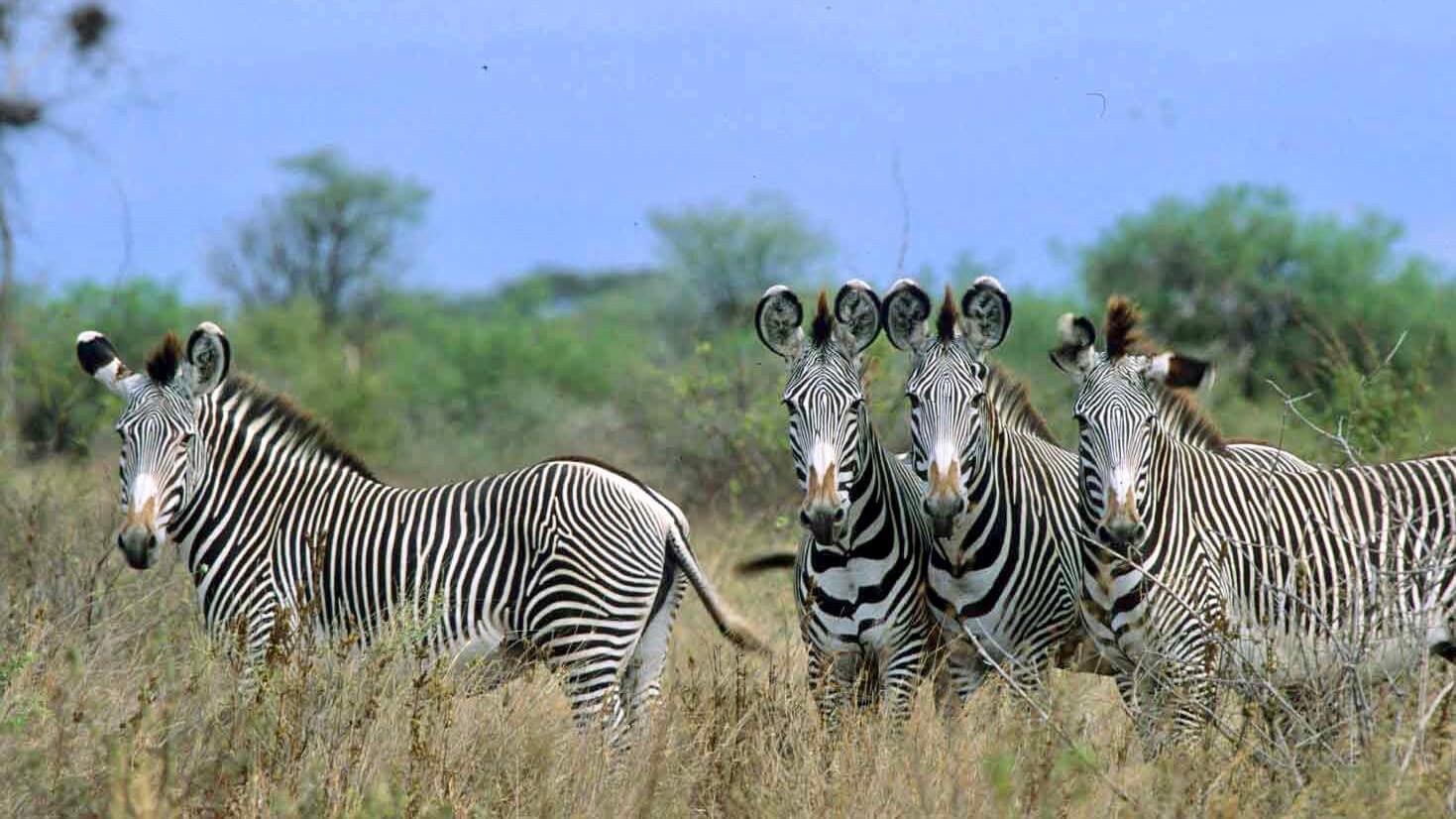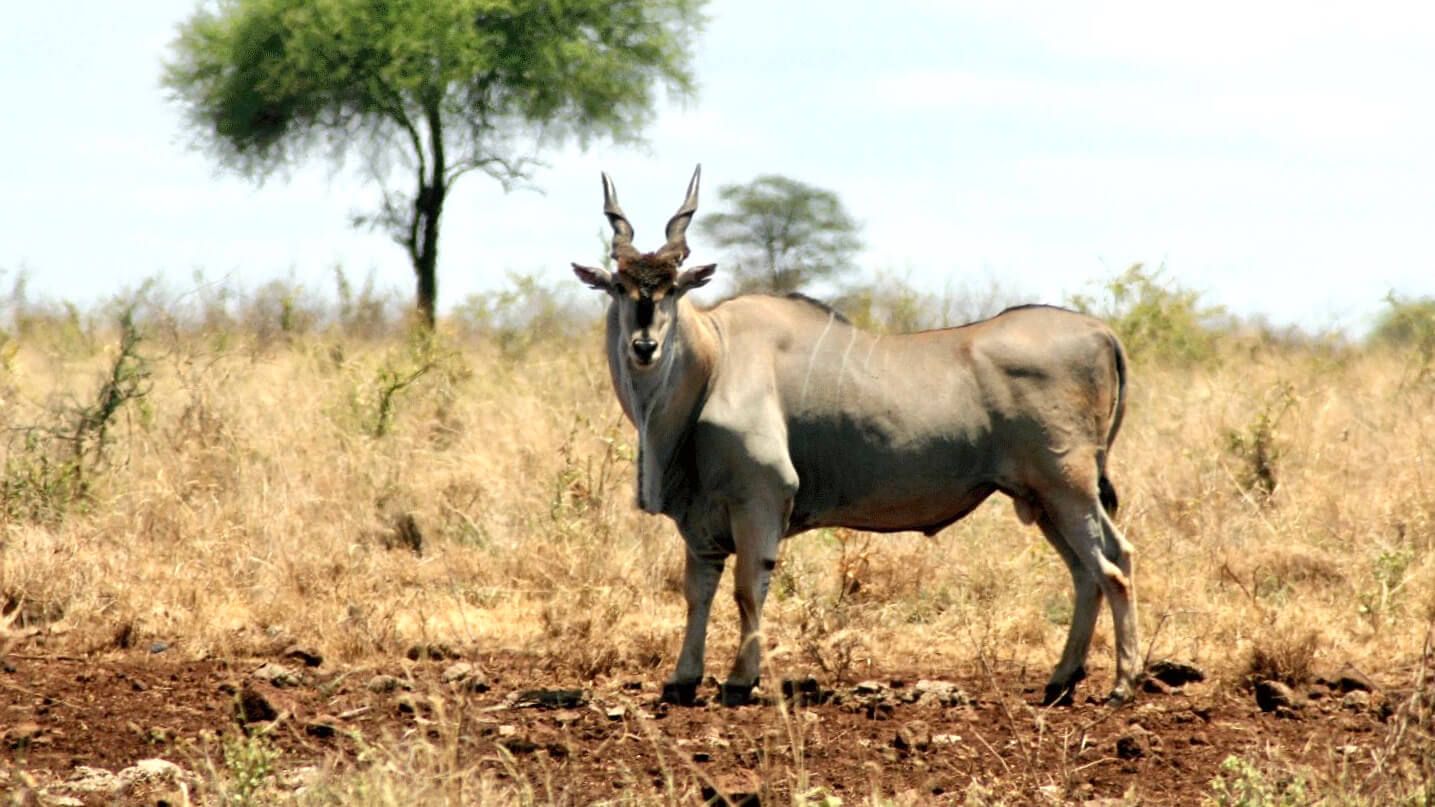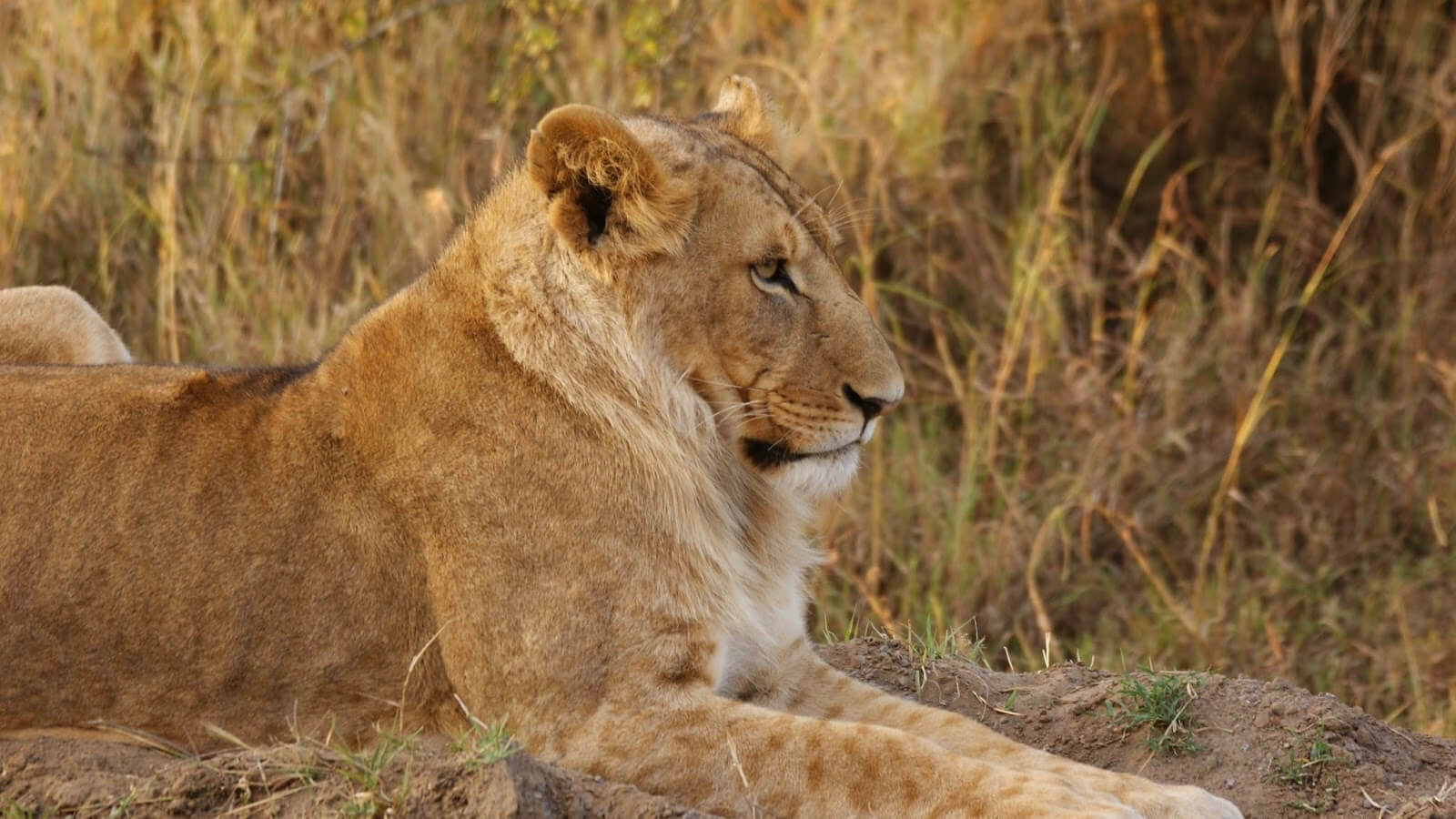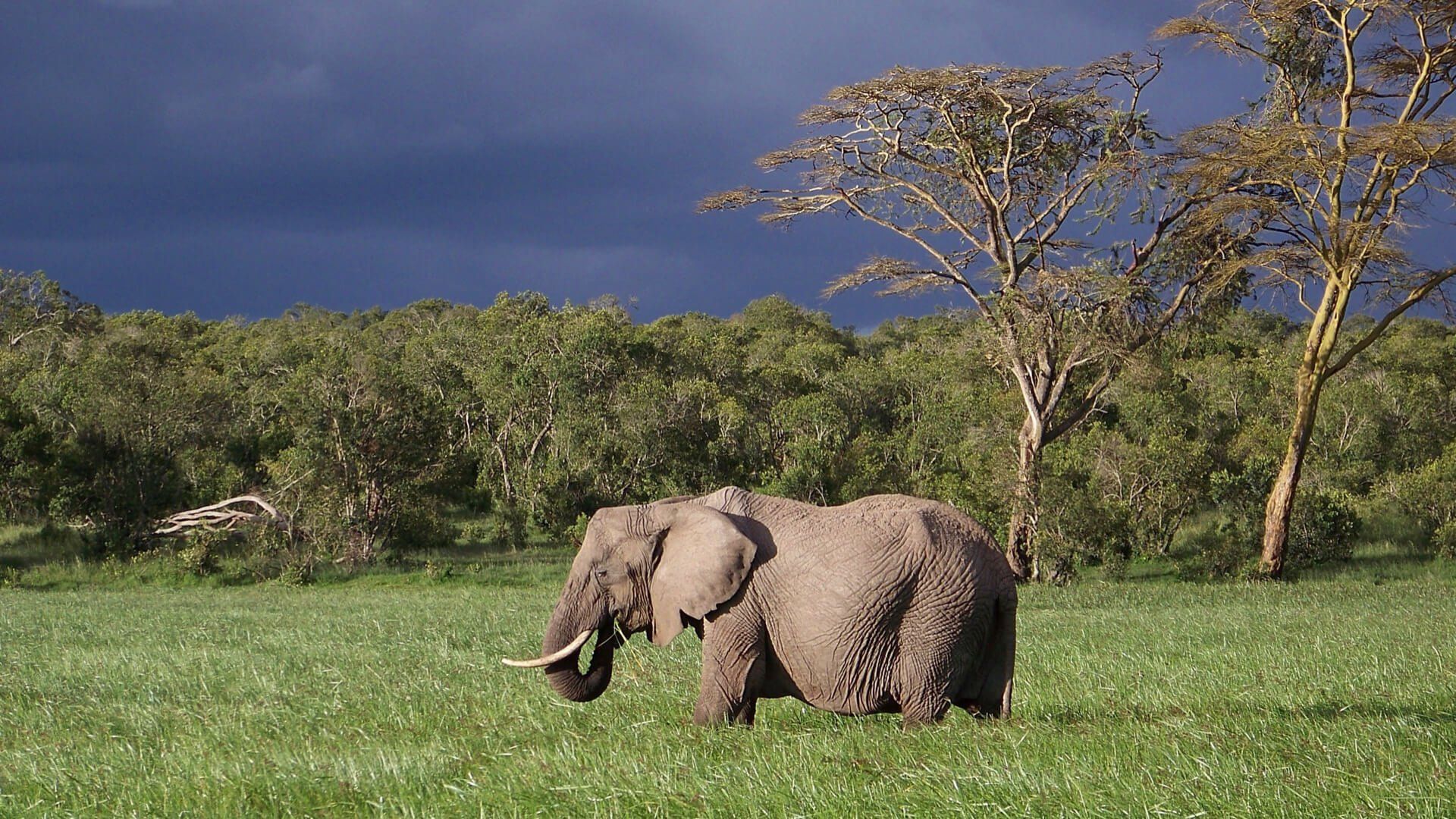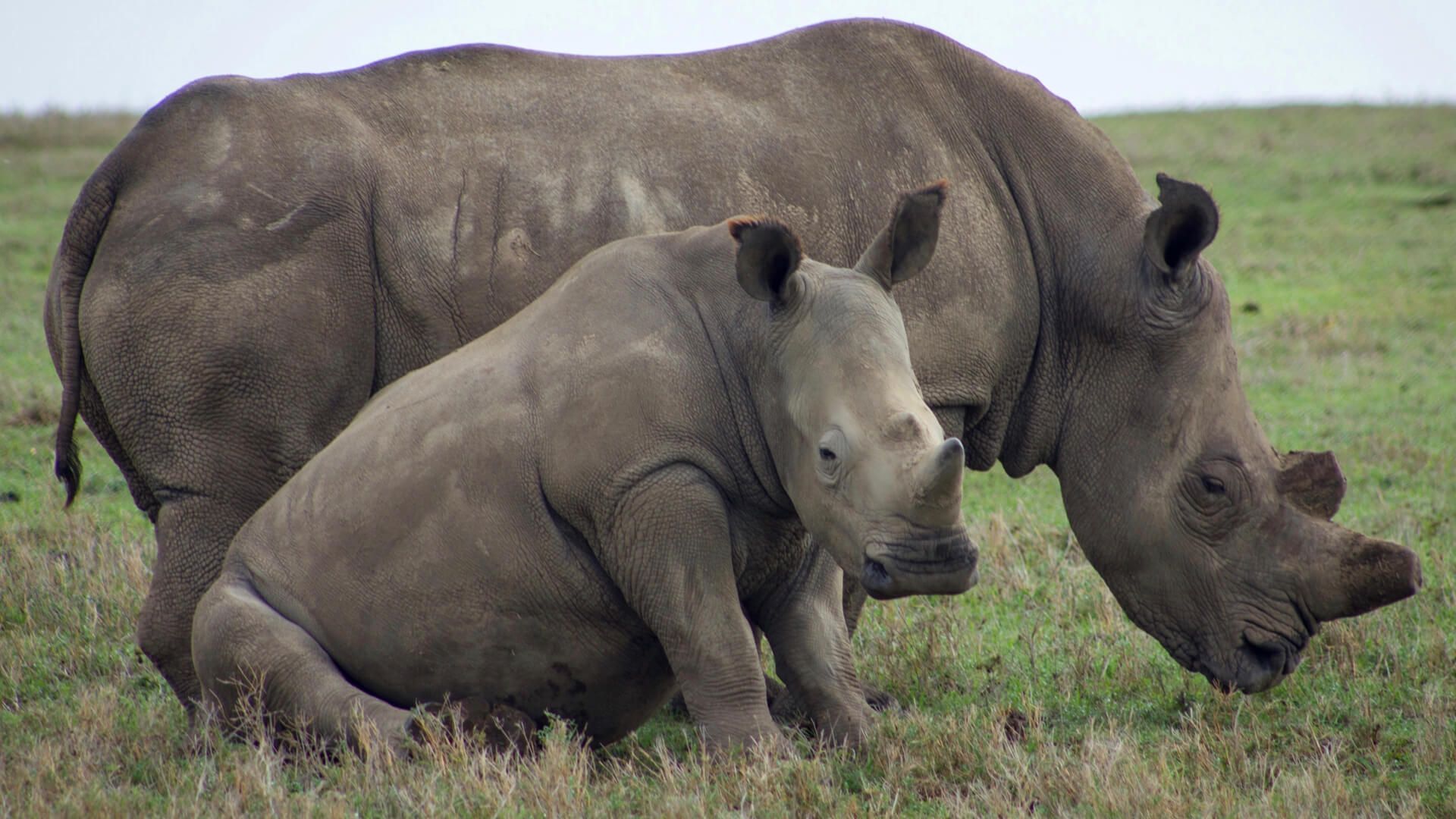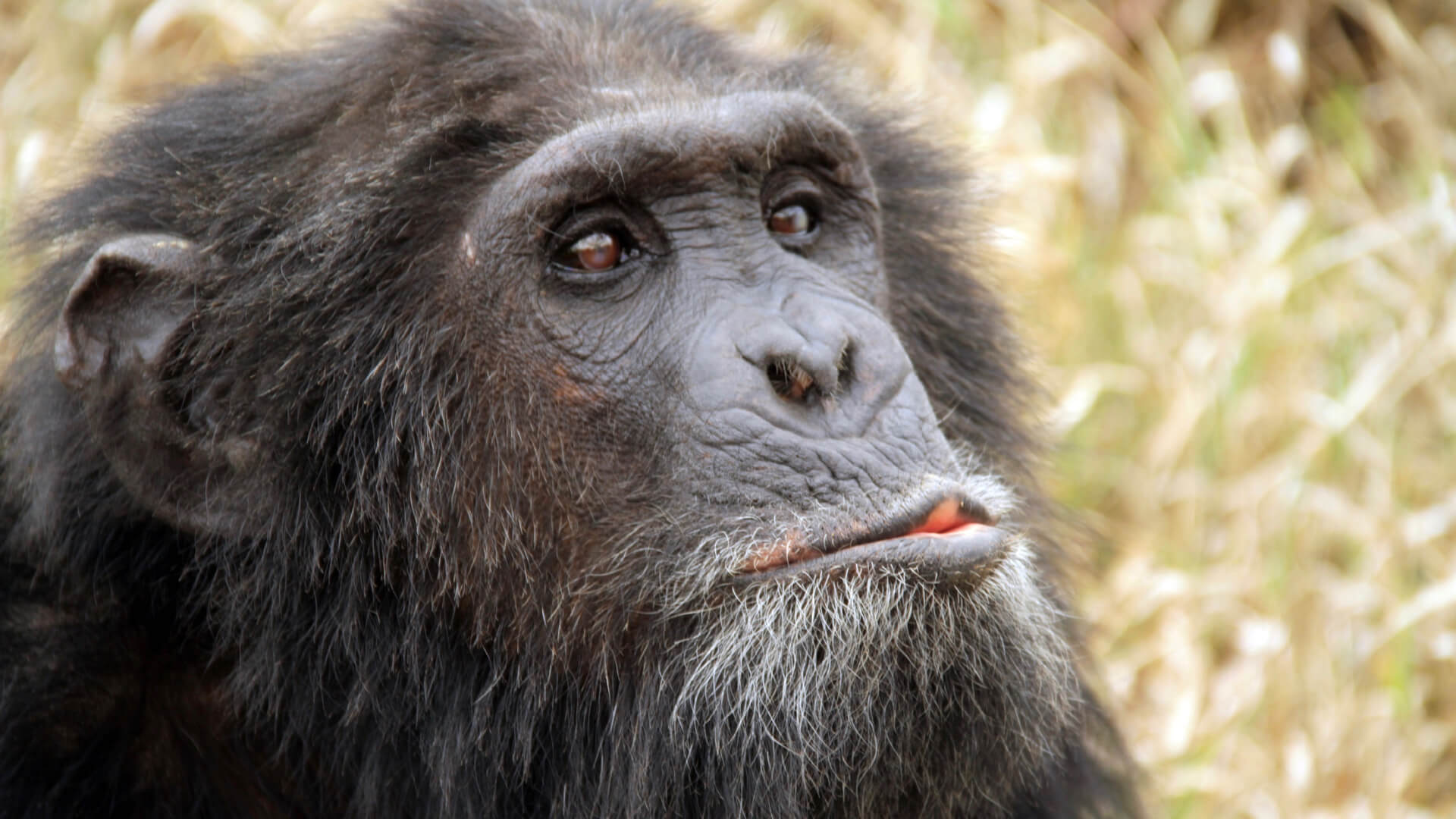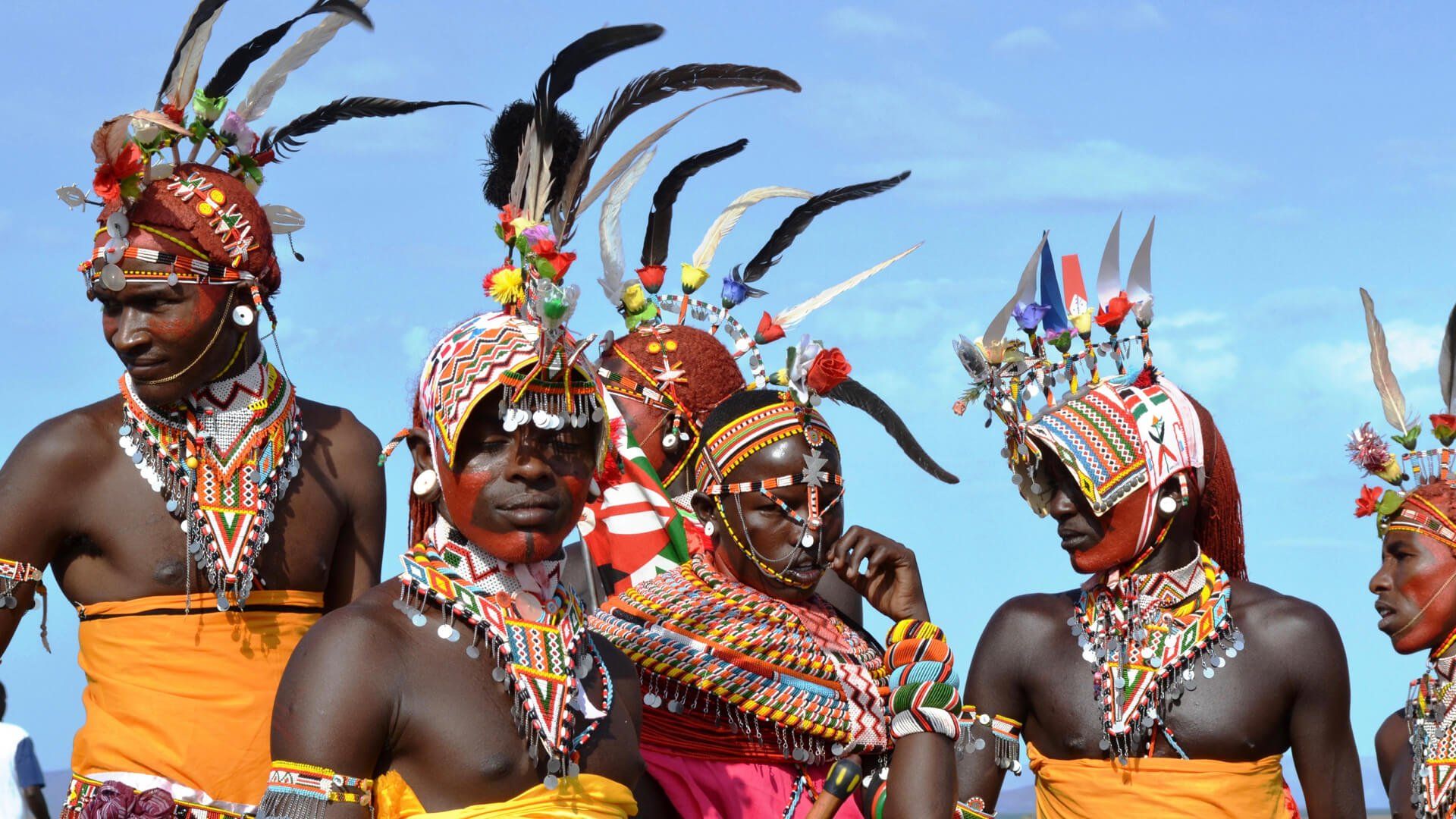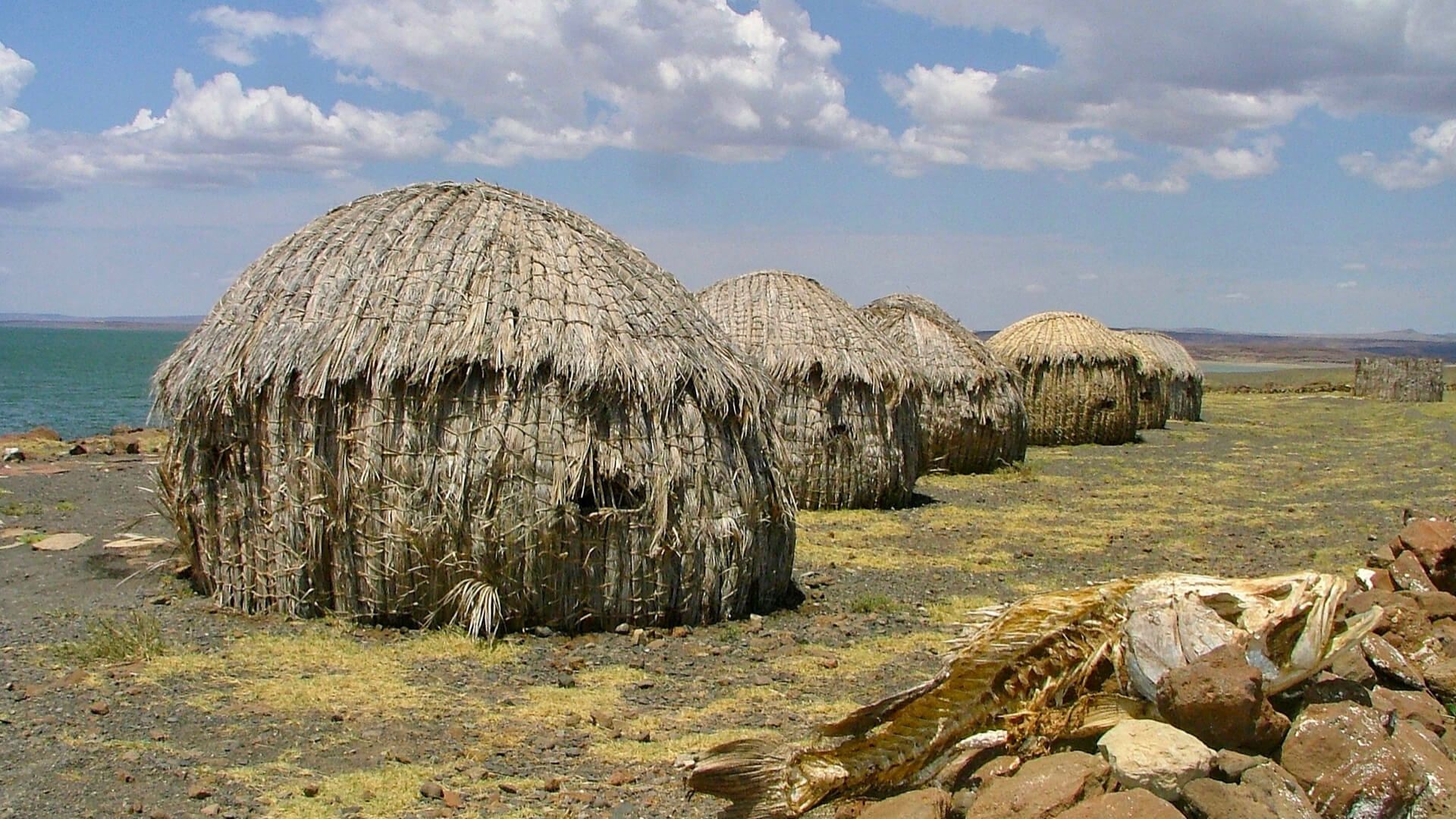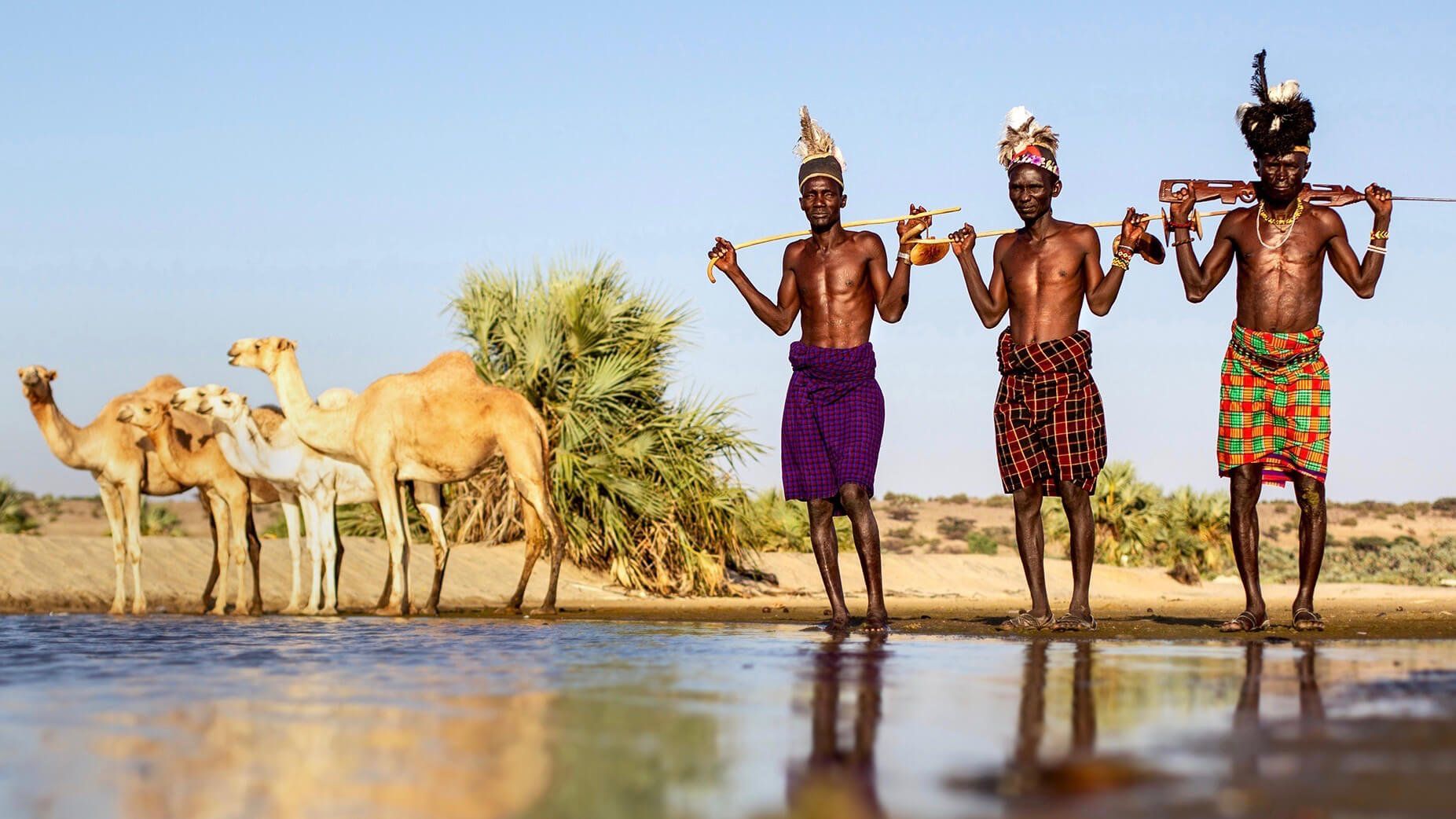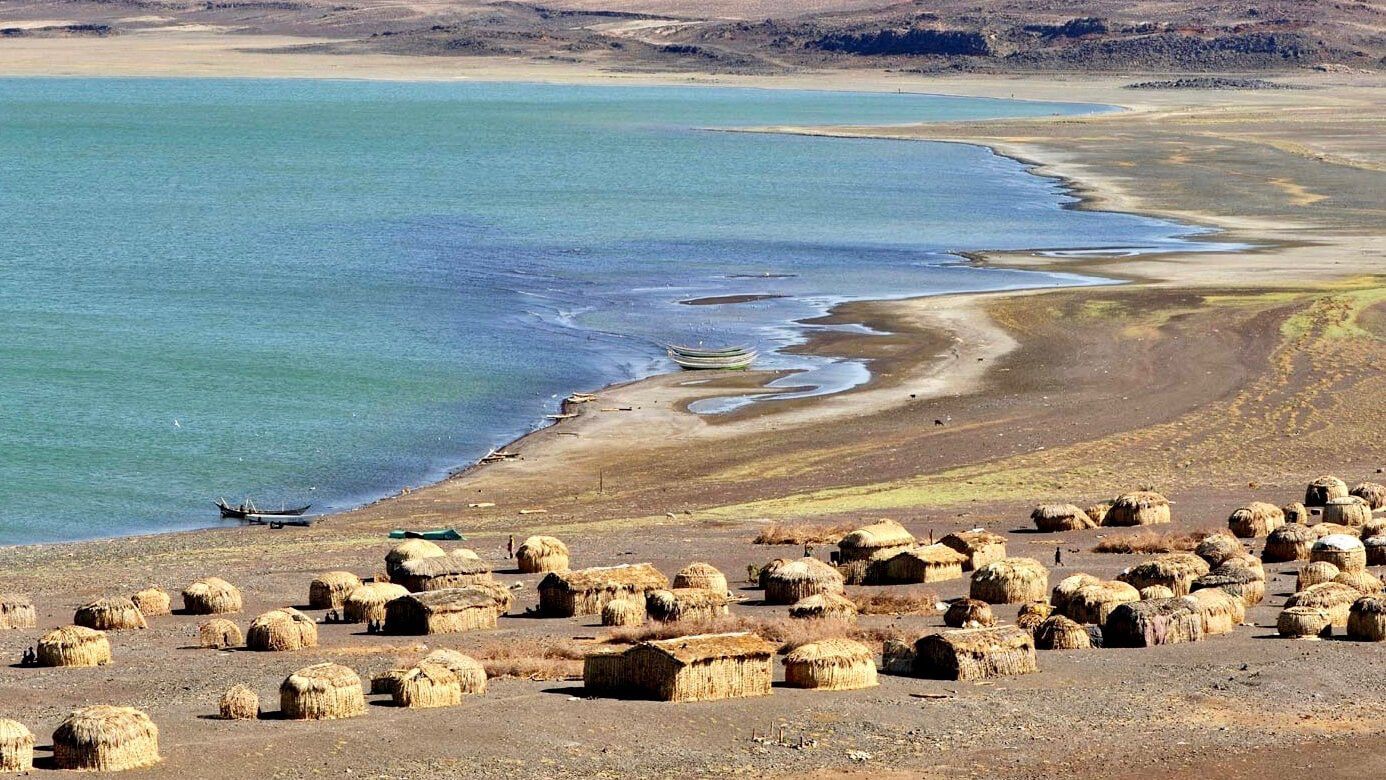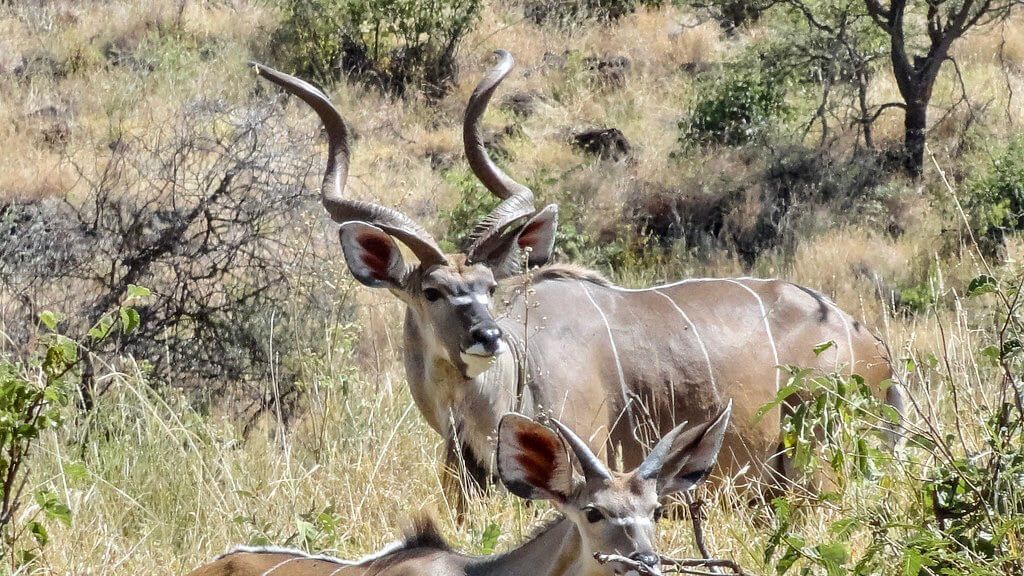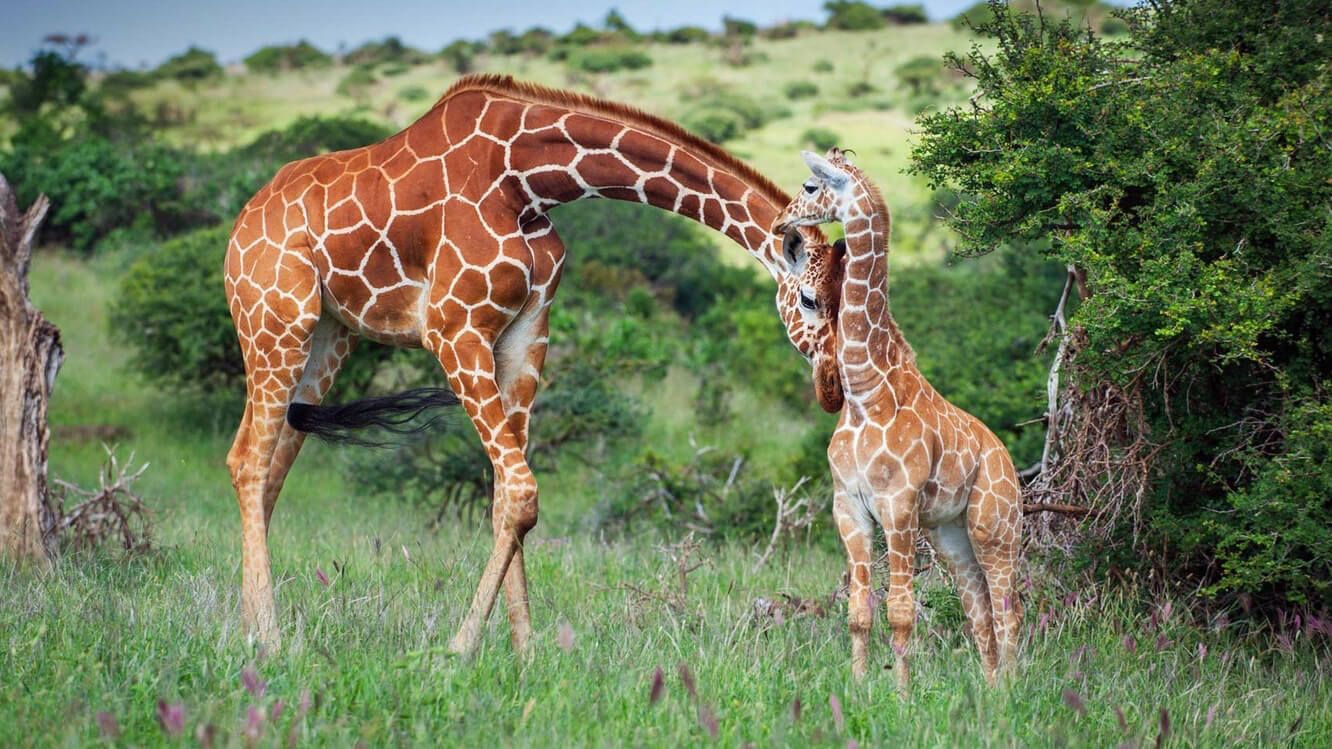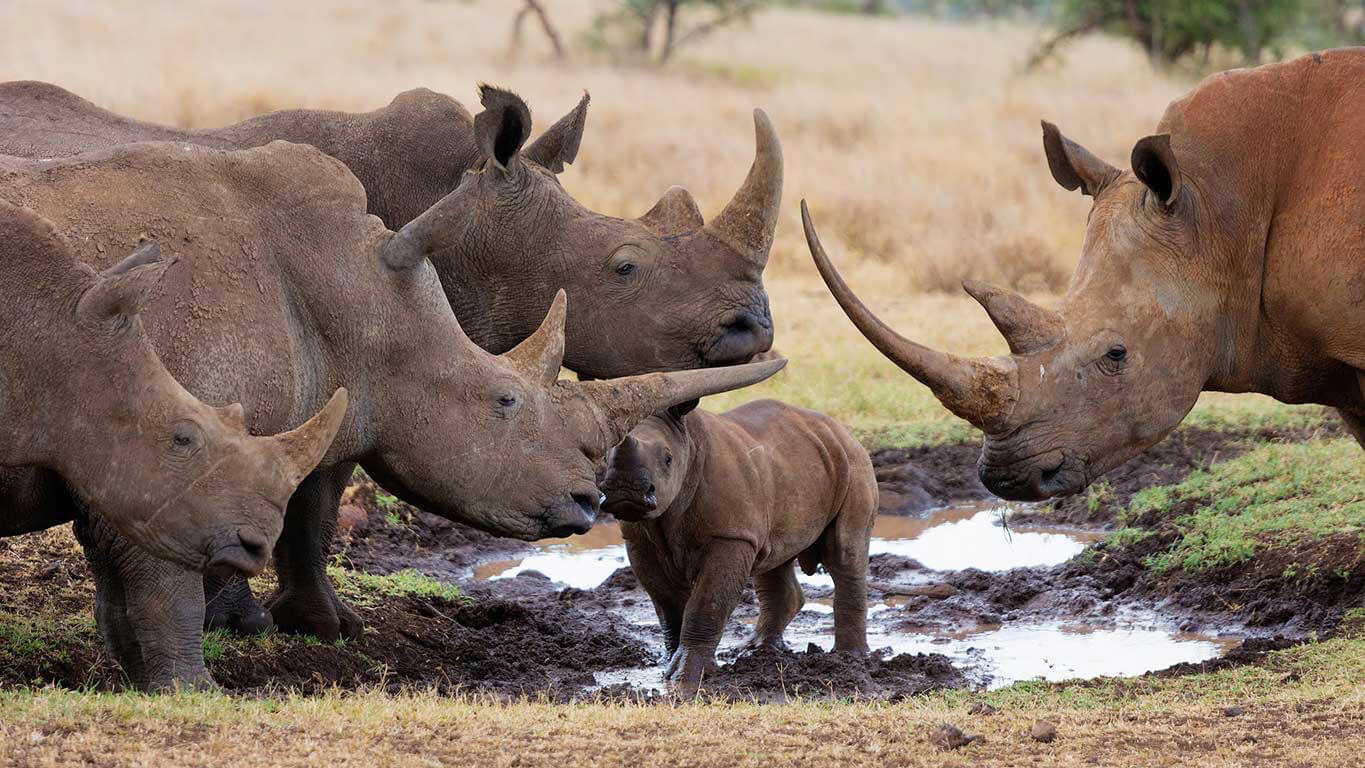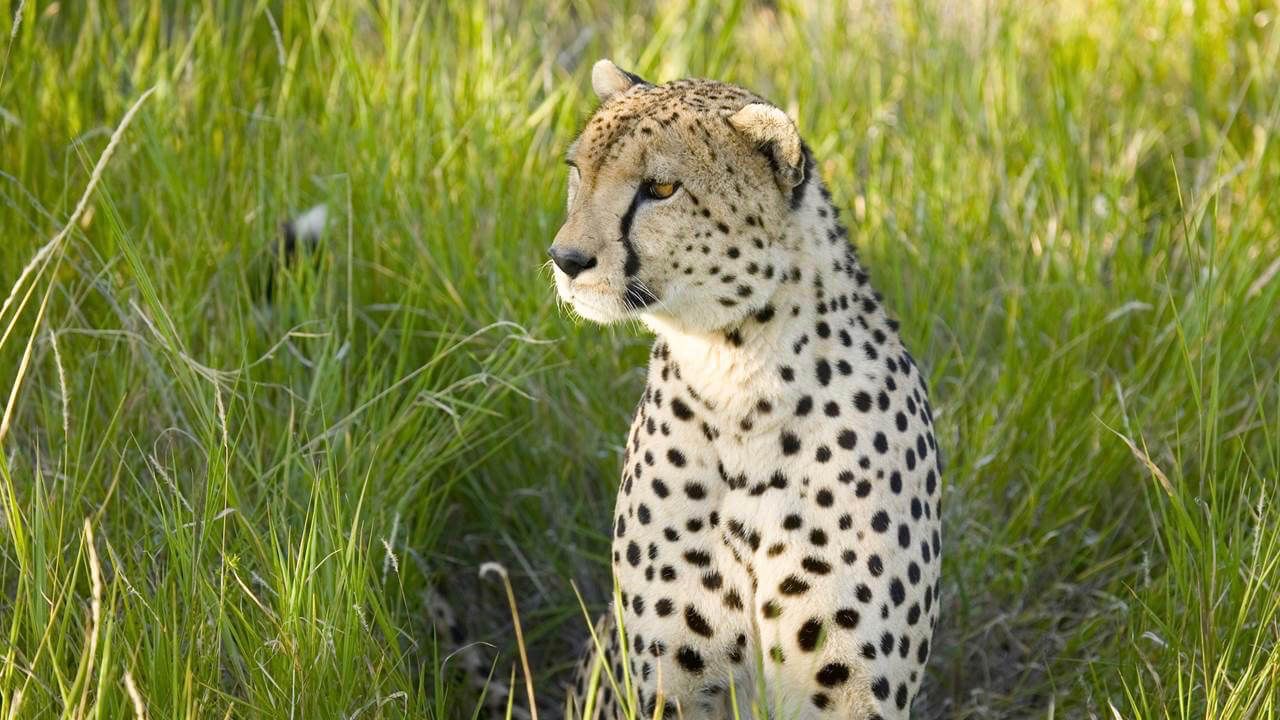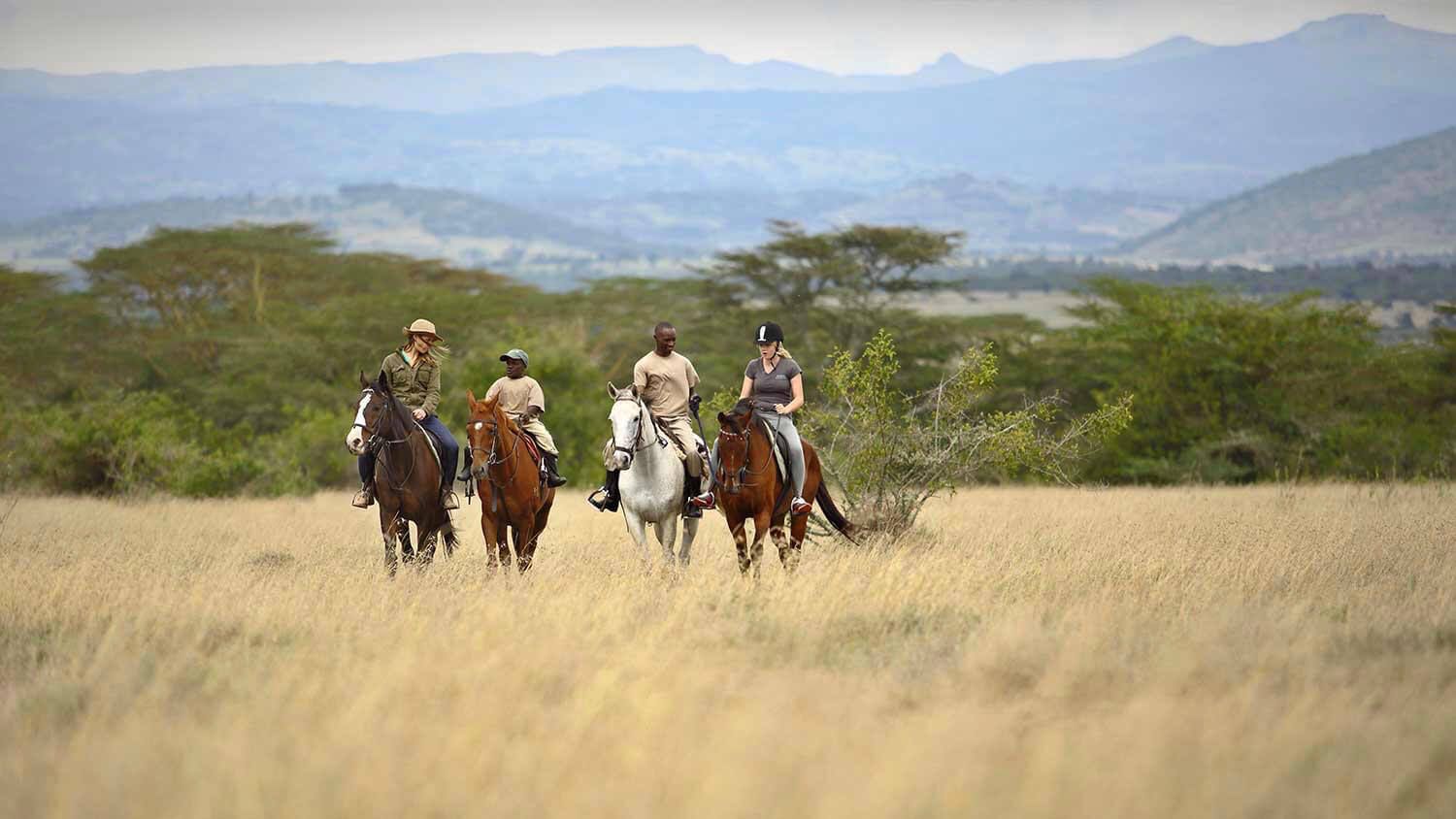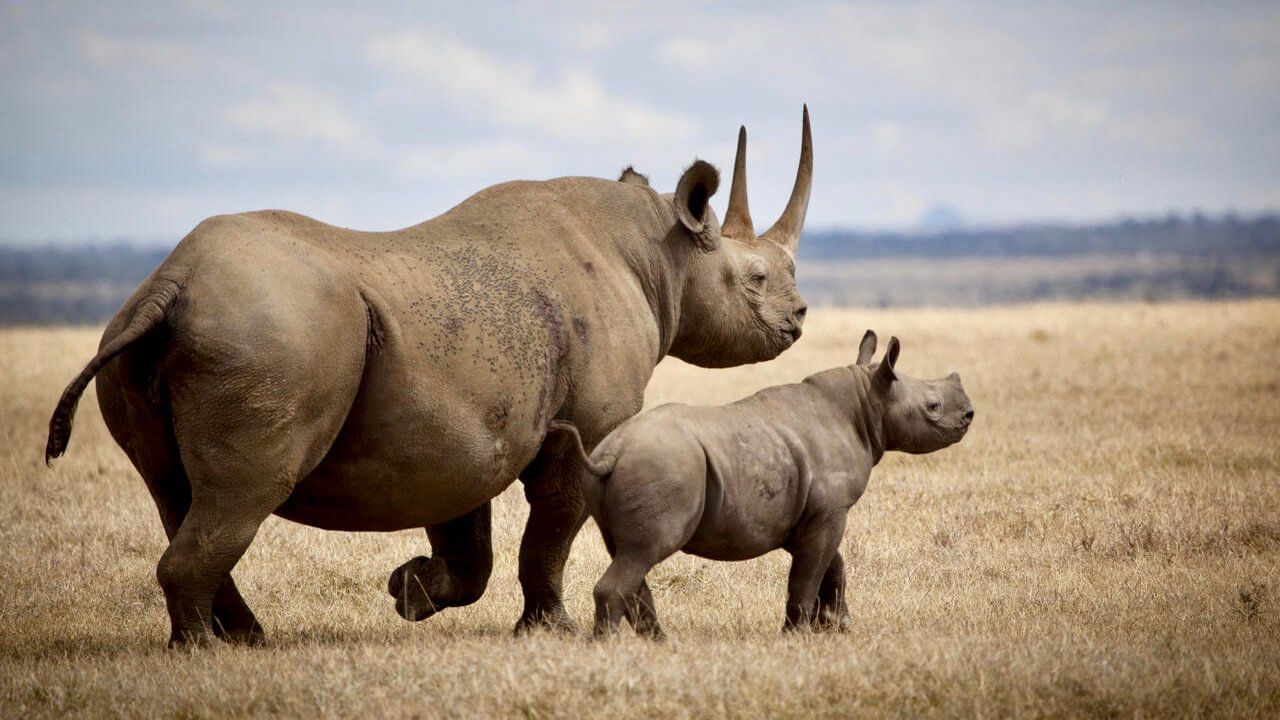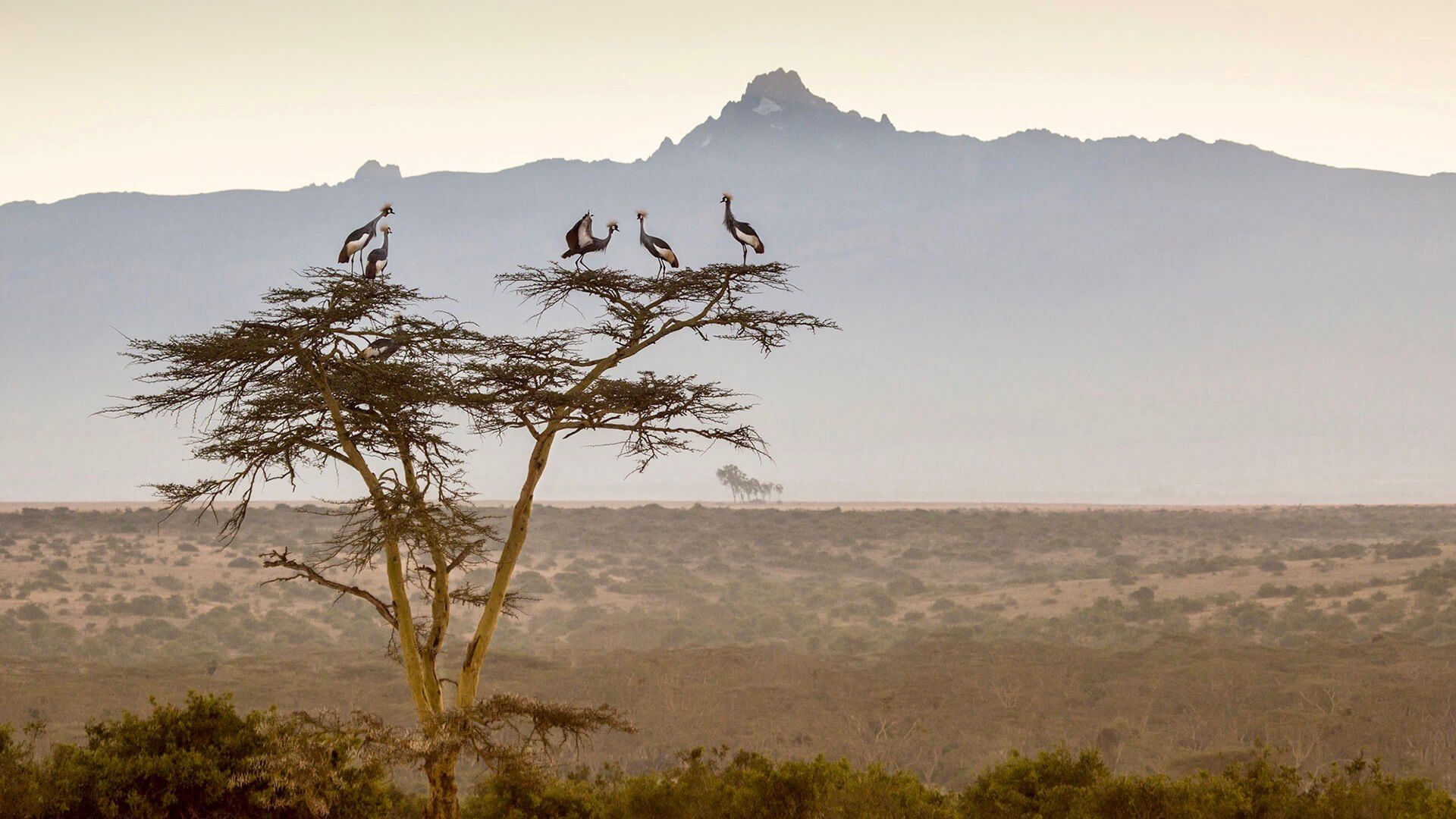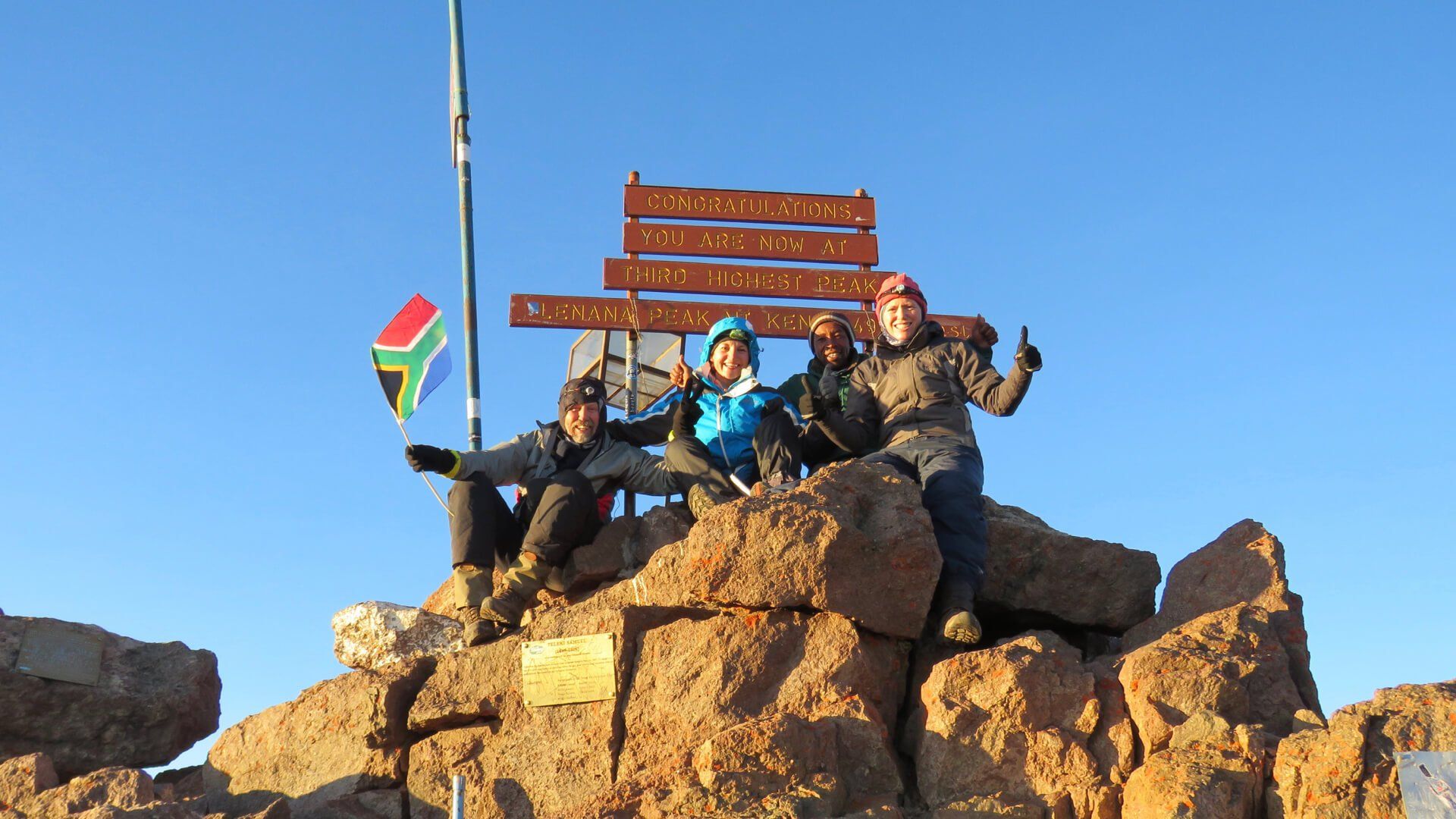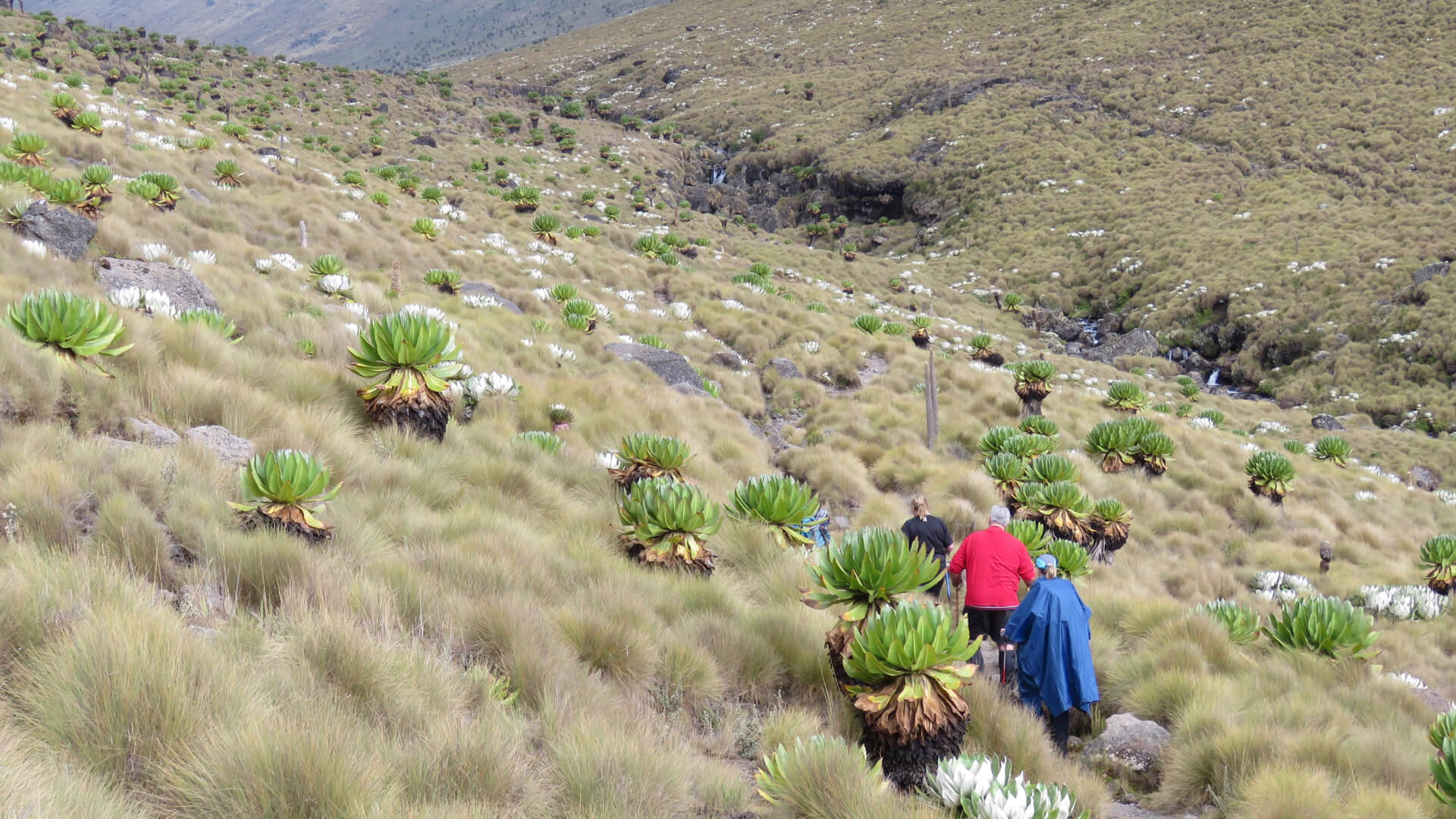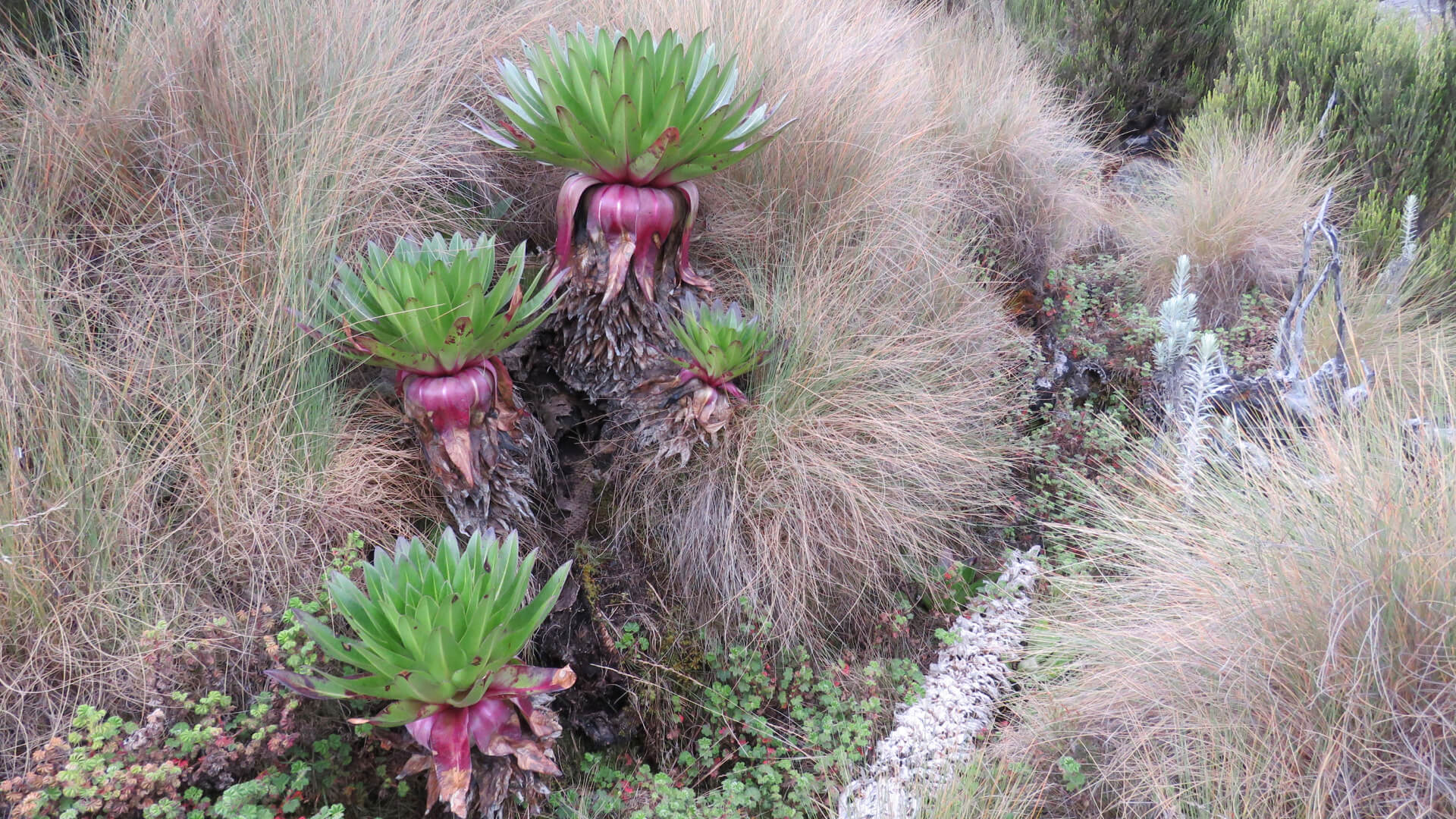KENYA NORTHERN CIRCUIT
Kenya National Parks - North of the Equator
ABERDARE NATIONAL PARK
The park is named after the mountain range that it protects. The Aberdare range is the third-highest massif in the country. You will see dramatic peaks, deep valleys, spectacular water falls (some 300m high), lush tropical rainforests, wild moorlands, volcanic outcrops and experience cool mountain breezes while visiting the park. Nowadays the mountains are home to bongo (an elusive forest antelope that lives in the bamboo forest), buffalos, elephants, giant forest hogs, red duikers and Sykes’- and colobus monkeys. Buffalo and elephant are common and at night there is a chance to see a black rhino at one of the three hotel waterholes. Leopards tends to stay at higher altitudes in the park and are difficult to spot. In comparison to other national parks in Kenya, the game is relatively scarce but the spectacular views make up for it.
Optimise your visit to the park by going on a mountain hike if you’re looking for a hands-on experience of the rainforests, bamboo groves and the high alpine vegetation.
SAMBURU NATIONAL RESERVE
Samburu is a combination of three reserves: Samburu, Buffalo Springs and Shaba. These reserves are remote and isolated to the north of Mount Kenya and represents a large portion of the vital conservation area. Bare granite inselbergs rise from the semi-desert like marooned tombstones in endless seas of bush and scrub. Volcanic mountains add drama to the skyline, and through the heart of it all runs the Ewaso Nyiro (River of Brown Waters), a ribbon of life graced by tall doum palms and shade-giving acacias. Here, in addition to the more formidable predators, you will find the beautiful dry-country animals of Northern Kenya known as the Samburu "Special 5” (gerenuk, oryx, reticulated giraffe, Somali ostrich, endangered Grevy's zebra).
Samburu
('butterfly' in the local Maa language) is a mostly semi-arid savannah with rough highlands, luggas (or dry washes) and riparian forests. It doesn’t disappoint as a wildlife reserve. Sightings of the Big Five are prodigious and you might have a chance of seeing packs of wild dogs and the critically endangered pancake tortoise - two rare species besides the Grevy's. Cheetah sightings are particularly good. Above all, though, Samburu is known as elephant country.
Buffalo Springs national reserve
lies south of the Uaso Nyiro and forms a 22km long northern boundary. This reserve is a gently rolling lowland plain, with the main topographical feature being the ancient lava-terrace, which forms Champagne Ride in the south-east. Much of the Reserve is dominated by old lava flows and volcanic soils of olivine basalt. Unlike Samburu, Buffalo Springs is populated by the common zebra as well as the Grevy's zebra. It is an unexplained phenomenon why the common zebra is not found on the north side of the river.
MERU NATIONAL PARK
This small, endearing park is found at the foothill of the Nyambene Mountain range. Well off the standard tourist circuit, Meru is a breath of fresh air if you are trying to avoid the crowds that fill up many of Kenya's more mainstream areas. However, it should not be regarded as a big game area. The Park is most famous as the setting for Joy Adamson’s book “Born Free”, the story of the Adamson’s life and his research amongst lions and cheetahs. “Elsa” the lioness was the most well-known and her grave is marked here.
OL PEJETA CONSERVANCY
It is the closest place to Nairobi to see "The Big Five" (lion, leopard, elephant, rhino and buffalo). Ol Pejeta is home to the last three northern white rhinos left in the world (namely Najin, Fatu and Sudan), southern white rhino and is a sanctuary for 105 critically endangered black rhinos. Other wildlife includes giraffes, zebras, eland, oryx, waterbucks, Grant's gazelles, Thompson's gazelles, cheetahs, silver-backed jackals, hartebeests and baboons. The Conservancy also boasts several hundred bird species. A trip to Ol Pejeta Conservancy would not be complete without a visit to the Sweetwaters Chimpanzee Sanctuary, the only place in Kenya to see these endangered, highly intelligent animals. Owing to the ongoing destruction of the west and central African rainforest and continued demand for bushmeat, Ol Pejeta Conservancy is compelled to provide a safe, secure and permanent refuge to 42 orphaned and abused chimpanzees from this region.
LAKE TURKANA
This is the biggest permanent desert lake in the world and a UNESCO World Heritage Site. It is also known as the Jade Sea and is famous for its greenish-blue colours. Found at the very northern end of Kenya’s Great Rift Valley, Lake Turkana shimmers in the heart of an otherworldly landscape that would look more at home on the moon than planet earth. The lake is the world's largest alkaline lake and the world's fourth-largest salt-lake. It is home to some 22 000 Nile crocodiles, hippos and more than 40 different species of fish. The rocky shore has large water turtles and mammals. To protect the breeding grounds of birds and crocs, two islands, Southern Island and Central Island, have been declared national parks. The dry grasslands support Grevy's zebra, topi, Grant's gazelles, reticulated giraffes and camels. You'll also find predators like lions and cheetahs. Fishing around the lake is a major thanks to the algae growing on the Lake that feeds fishes like the Nile perch, tiger fish, bichir, elephant fish and tilapia species. This is a truly off-the-beaten-track destination which can be reached by private charter and is home to fascinating nomadic tribes and exceptional archaeological sites.
LEWA WILDLIFE CONSERVANCY
The conservancy originates from a cattle ranch. The Craig/Douglas families designated the land as a black rhino sanctuary and the conservancy is a non-profit organization. Today, Lewa is one of Africa's greatest conservation success stories with a game density second only to the Masai Mara and the highest population of black and white rhino in East Africa.
Registered as a rhino conservancy in 1983, the conservancy is famous for its successful rhino and Grevy zebra breeding programmes. It is also home to two endangered species: Lewa contains 10% of Kenya’s rhino and 20% of the world’s population of Grevy zebras. The whole conservancy is fenced. There are plenty of elephants that roam through the migration corridors with frequent sightings of big cats like lions and leopards
The Conservancy covers 65 000 acres and is a vast wilderness. To the south Lewa offer dramatic views of the snow-capped Mount Kenya and to the north you will see the arid lands of Tassia and Il Ngwesi. It has many diverse habitats from the pristine forest, fertile grasslands, extensive springs to the acacia woodland.
SOLIO GAME RESERVE
The Park is a fenced and a privately-owned wildlife conservancy geared towards rhino conservation. The Solio Game Reserve was founded in 1970 when the owner of the Solio cattle ranch fenced off a large section of land and dedicated it to conservation. The Park plays a significant part in the protection and breeding of black rhinos in Kenya. Breeding has been so successful that rhinos from Solio has stocked game reserves all over Africa. In addition to the world's largest population of white rhinos and the near hundred black rhino, the Solio Reserve is inhabited by different other wildlife such as buffalos, zebras, giraffes, oryx, antelope, Thompson's gazelles, impalas, waterbucks and warthogs. The Park offers some of the best leopard viewings in the country. Sightings of lions and cheetahs are also rather frequent.
MOUNT KENYA NATIONAL PARK
Mount Kenya is an ancient extinct volcano and Africa's second-highest mountain (5 199m). With its rugged ice-capped summits and cloud-forested middle slopes, it is one of the most impressive of East African landscapes, arguably more spectacular than the higher Mount Kilimanjaro. Spectacular scenery is an important aspect of the park and it offers lovely lakes, pools, glaciers, peaks and natural mineral springs in the area. The vegetation naturally varies according to the height. Dry upland forests are found in the lower slopes, which change to a montane forest from 2 000m upwards. This forest generally consists of cedar and podo. The vegetation changes to a thick bamboo forest at about 2 500m, which in turn changes to the upper forest of smaller trees and high-altitude moss. Visitors can observe a variety of plants and animals, including the black and white Colobus, Sykes monkeys, bushbucks, buffalos and elephants. Animals like the olive baboons, waterbucks, black rhinos, black-fronted duikers, leopards, giant forest hogs, genet cats, bush pigs and hyenas are found in lower altitudes. A rare sighting is the elusive bongo, a forest antelope. Other endangered species found in the forests include the Sunni buck, Mount Kenya mole shrew, skins (lizard) and different types of owls. The forests give way to high altitude heath and shrubs between 3 000m and 3 500m. Above 3 500m there is open moorland, where animals like the high-altitude zebra and eland can be found.
